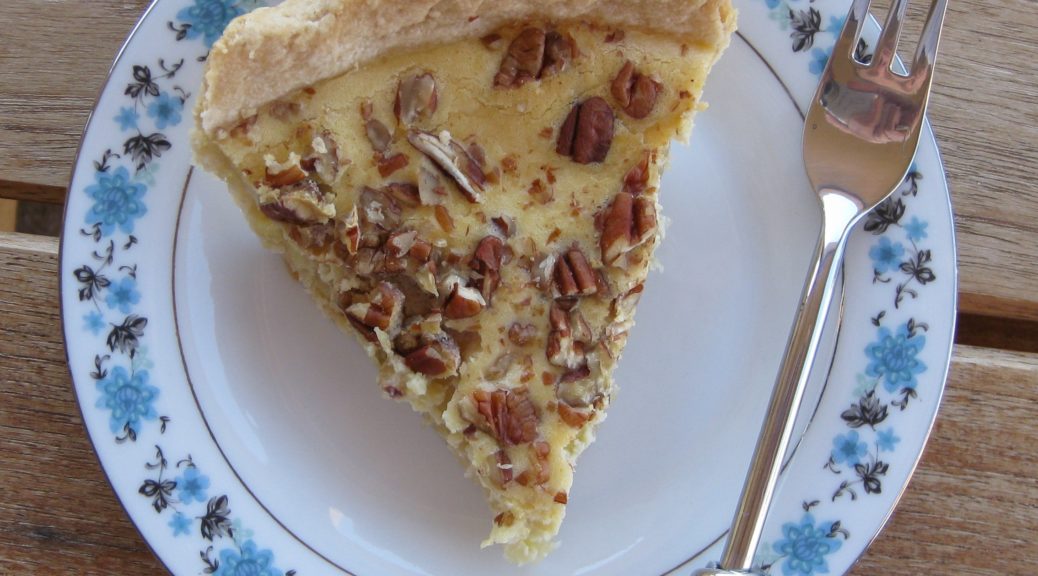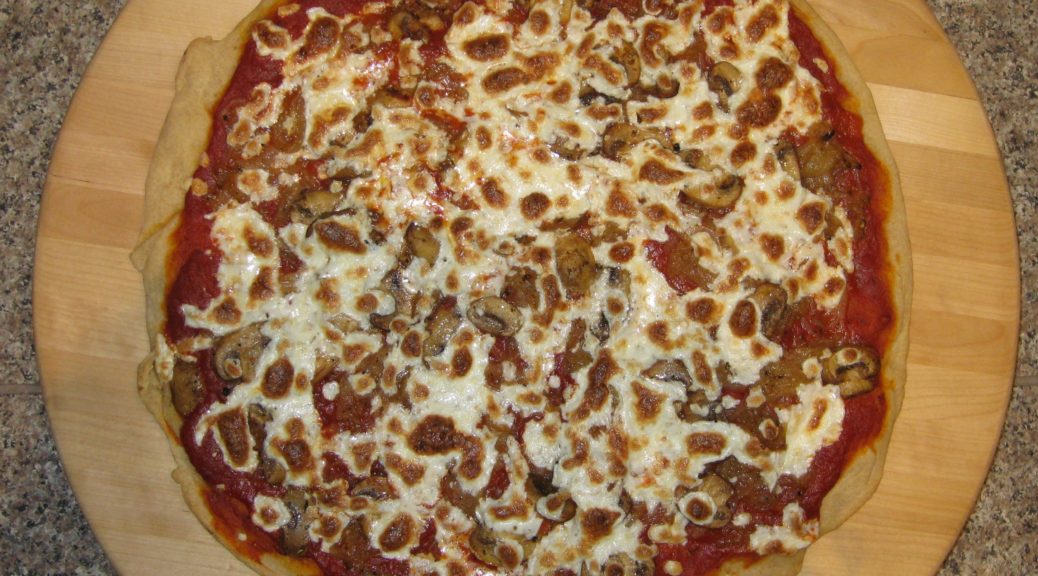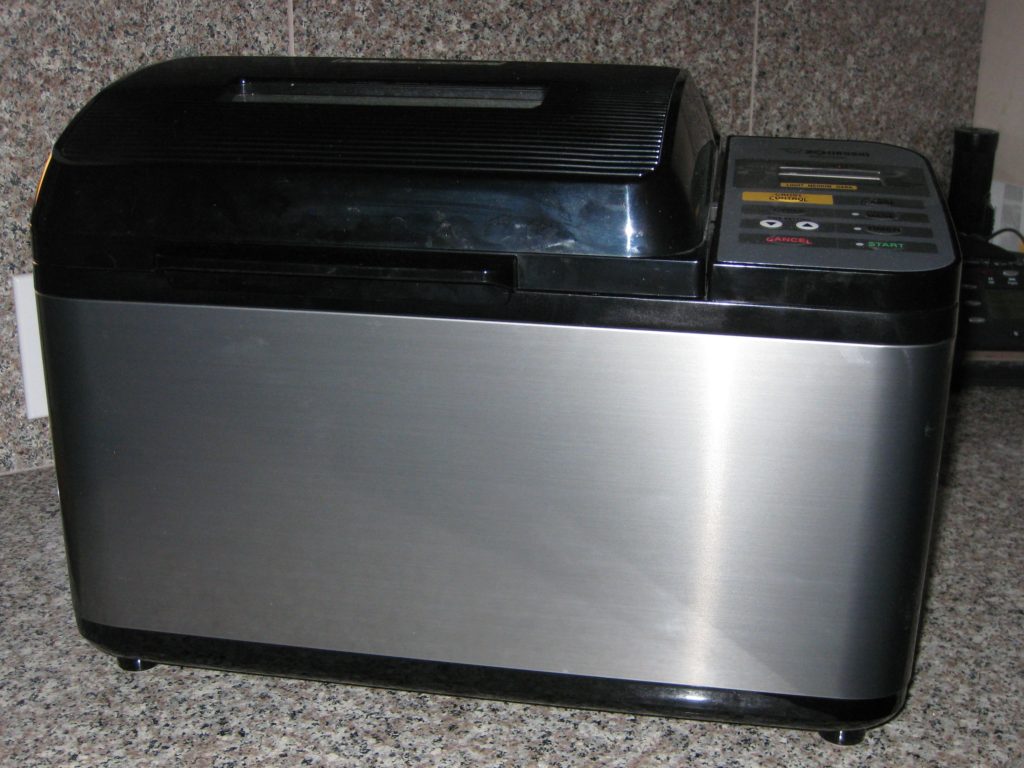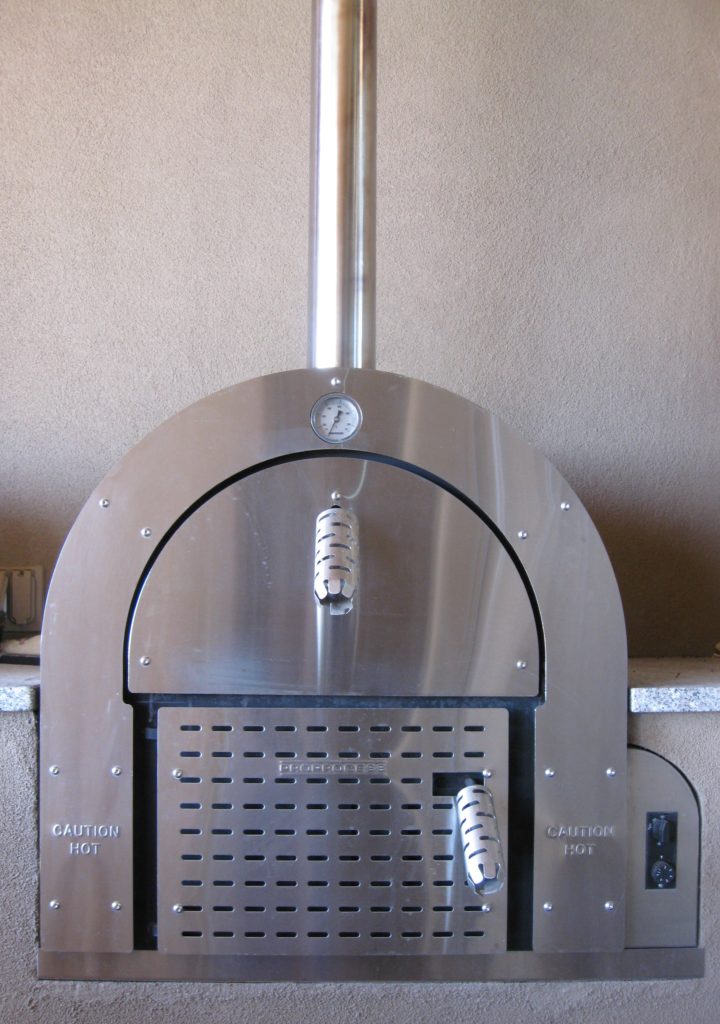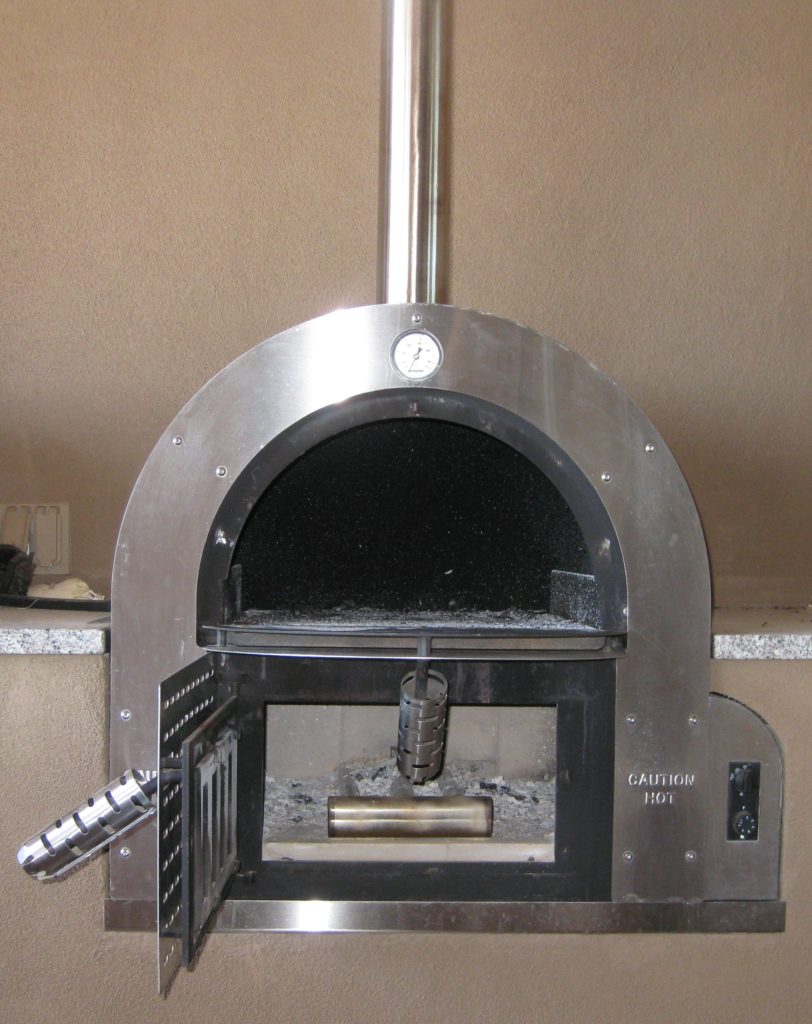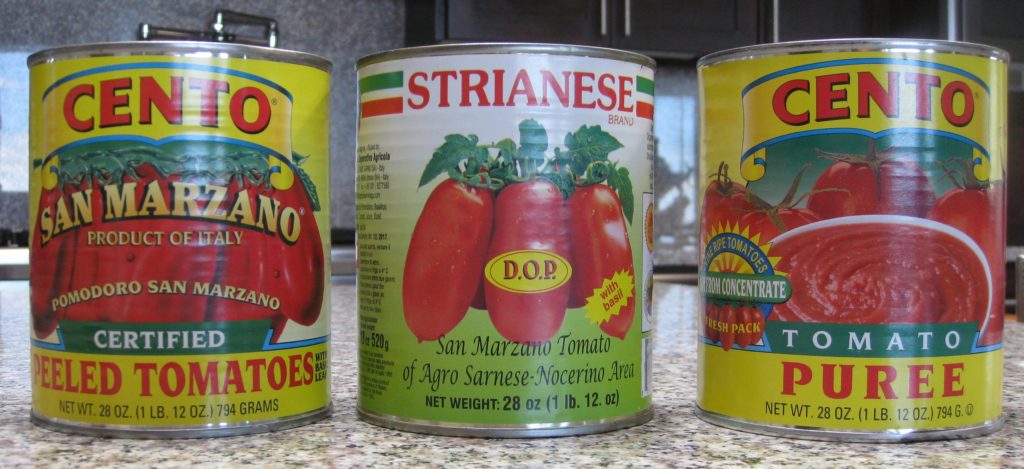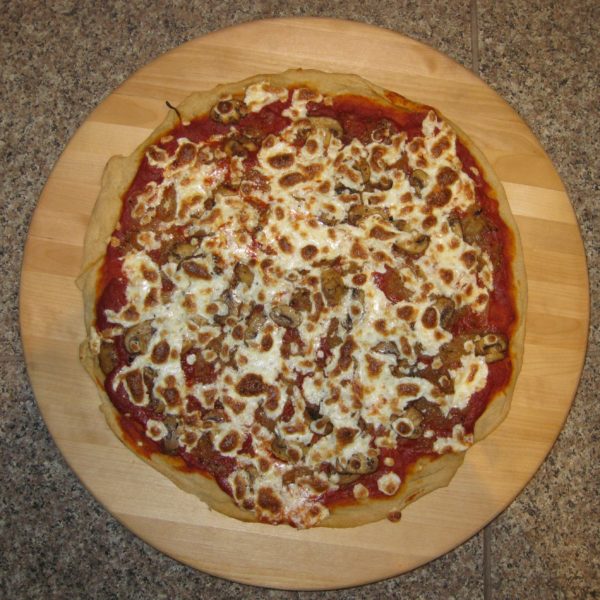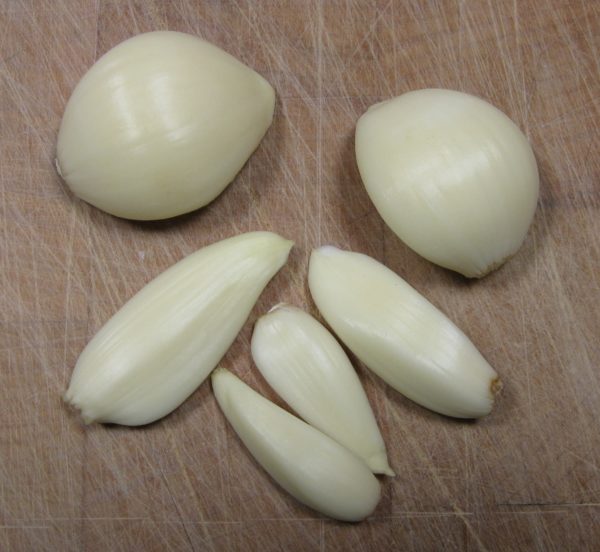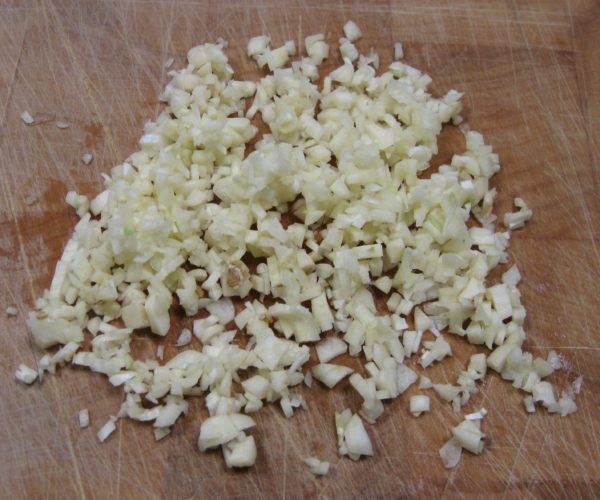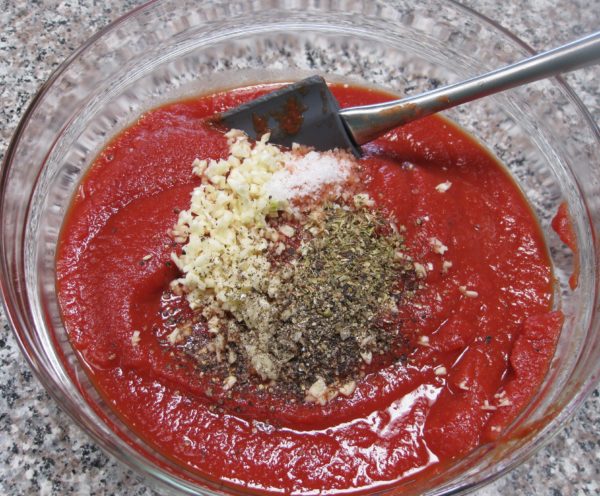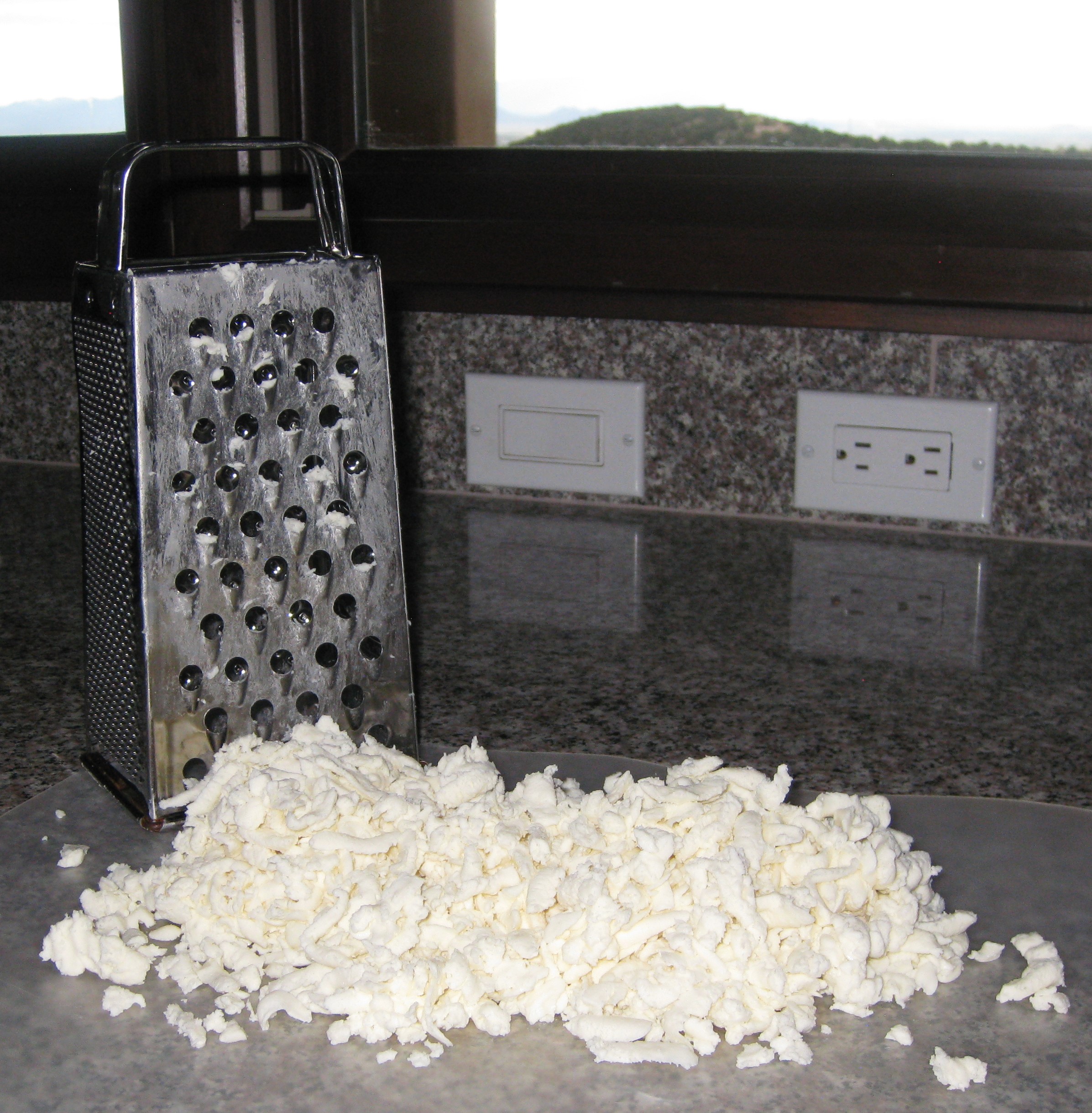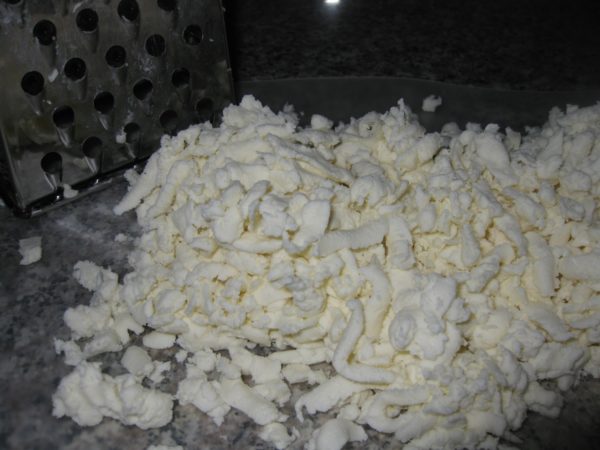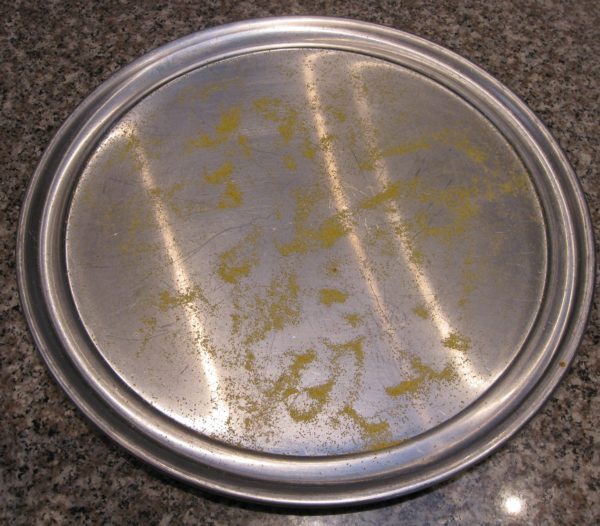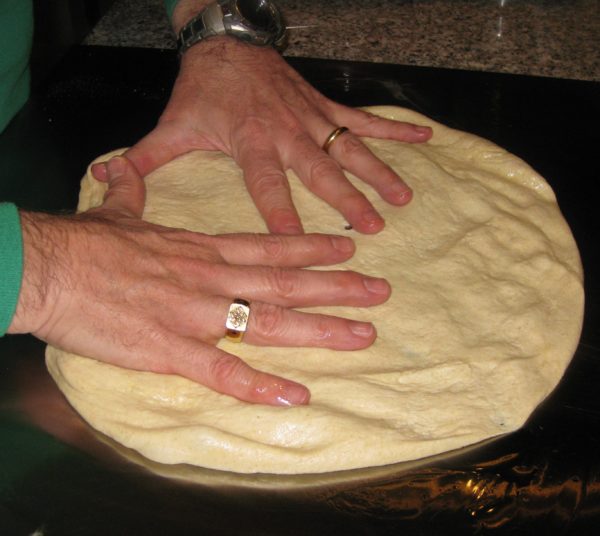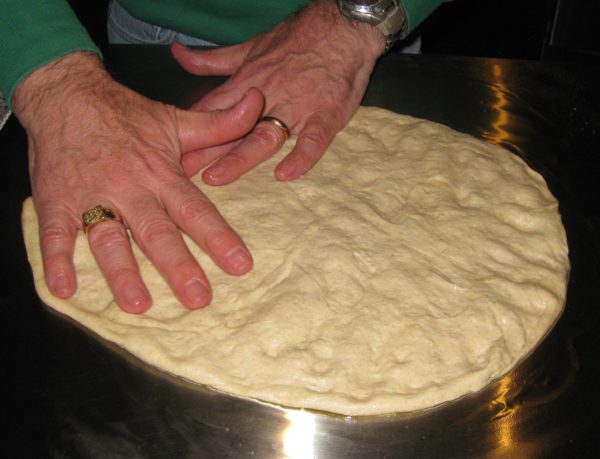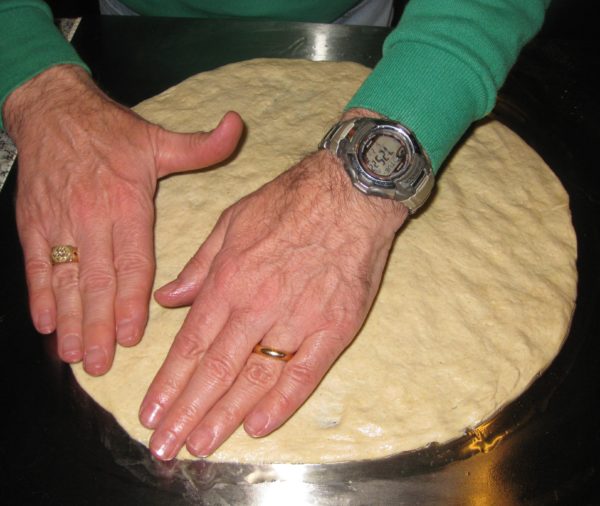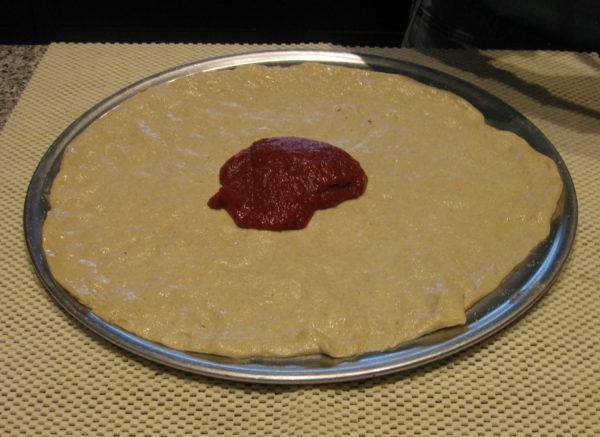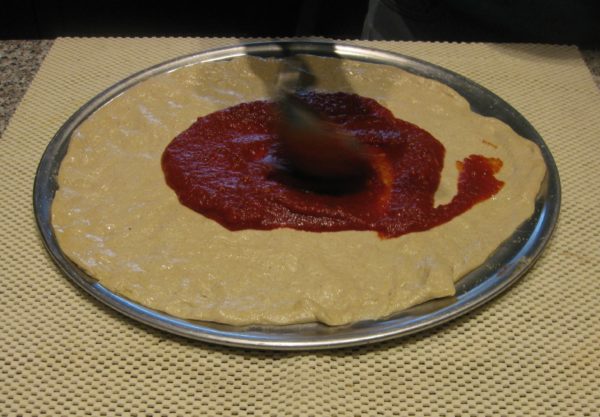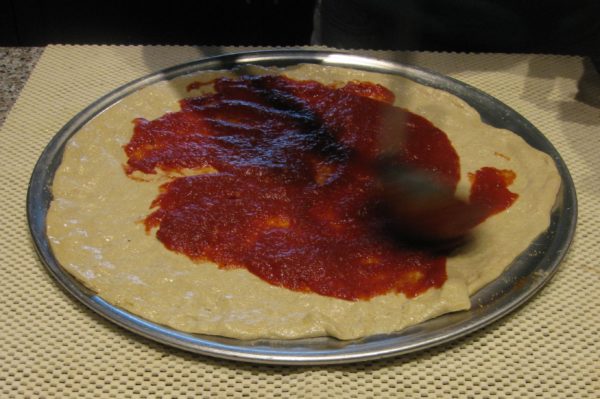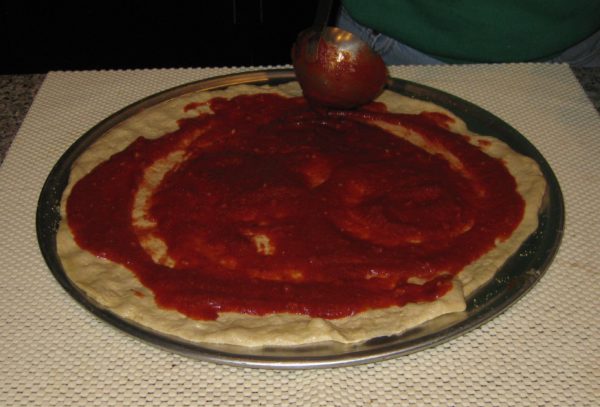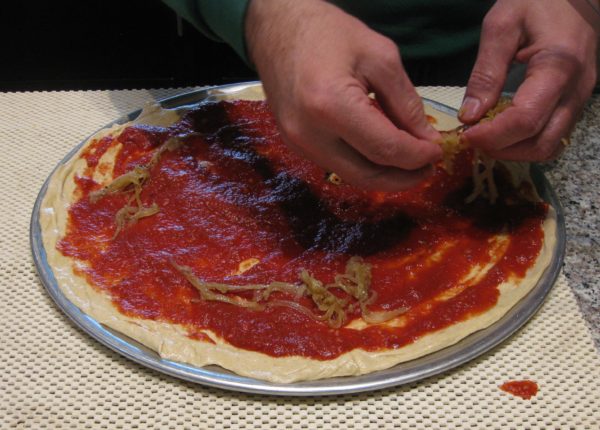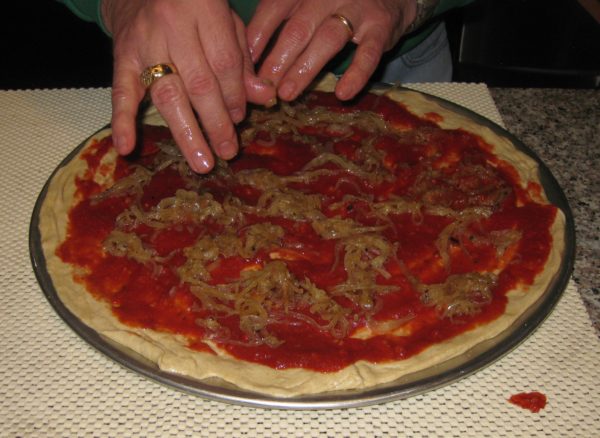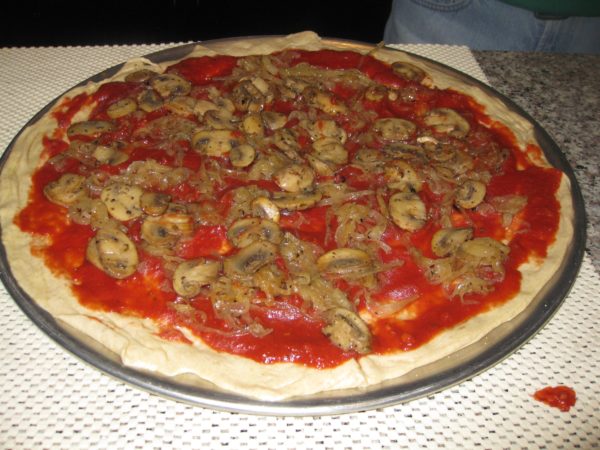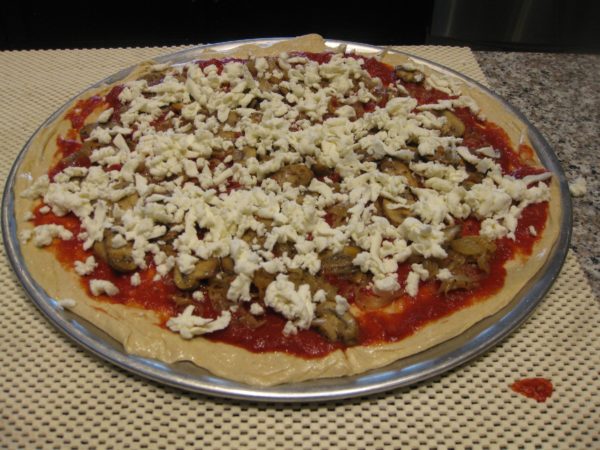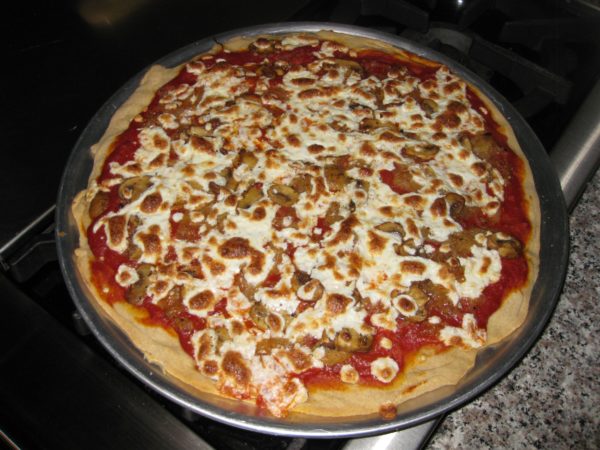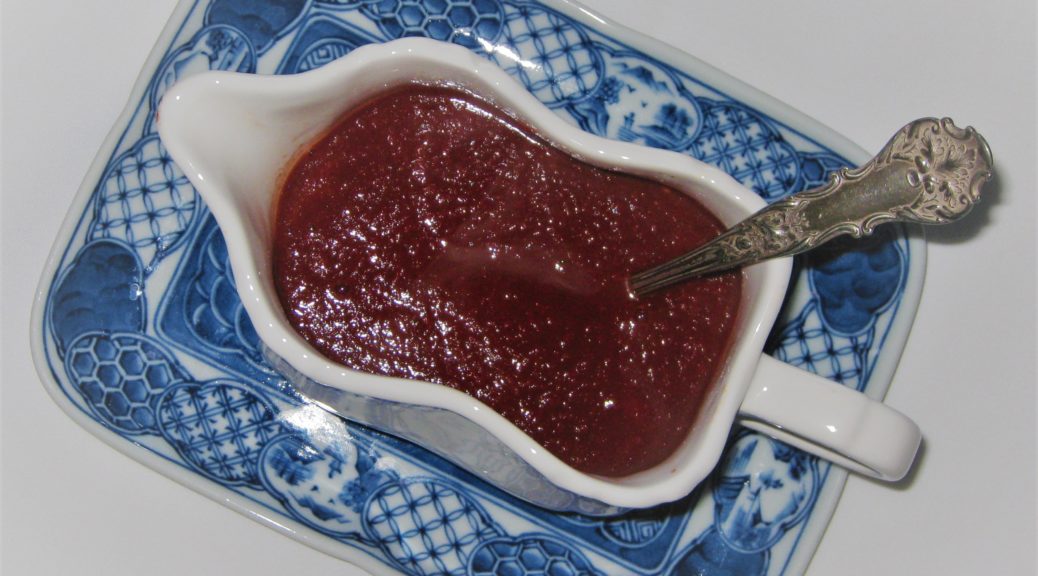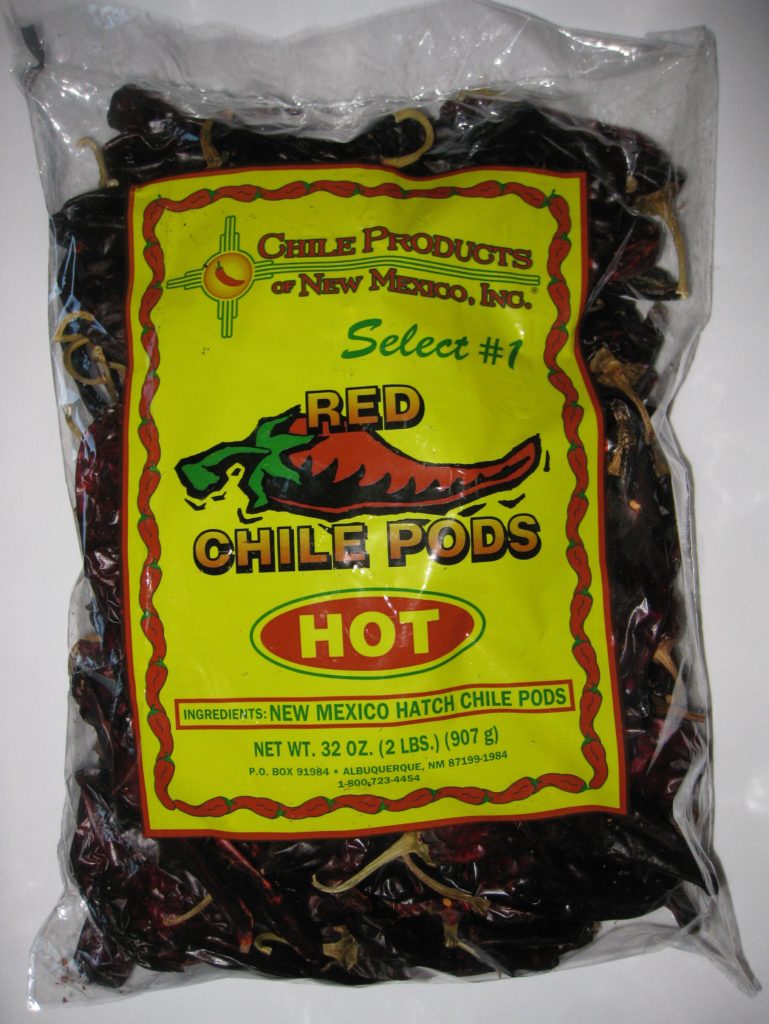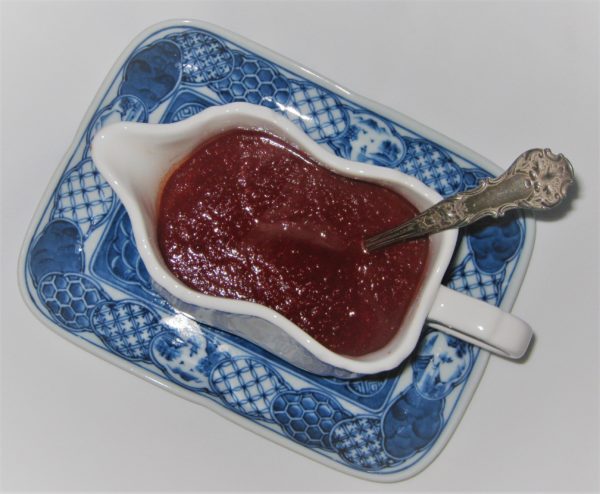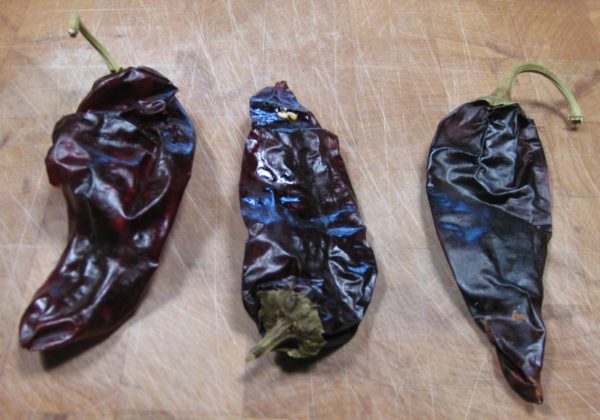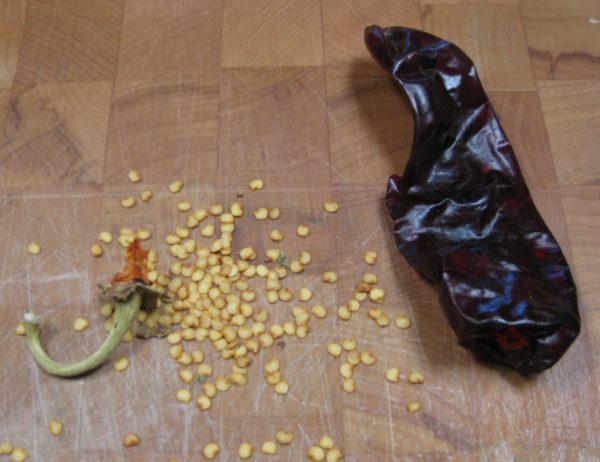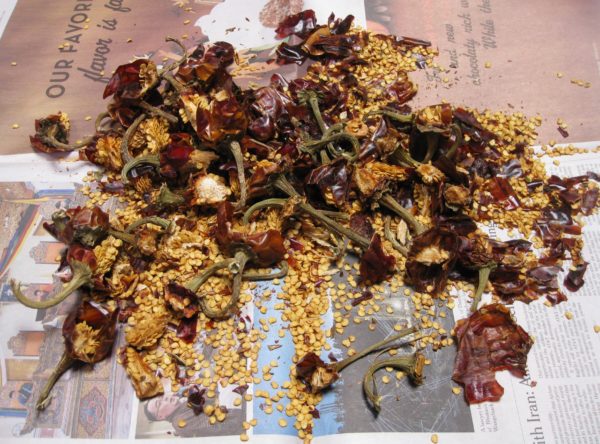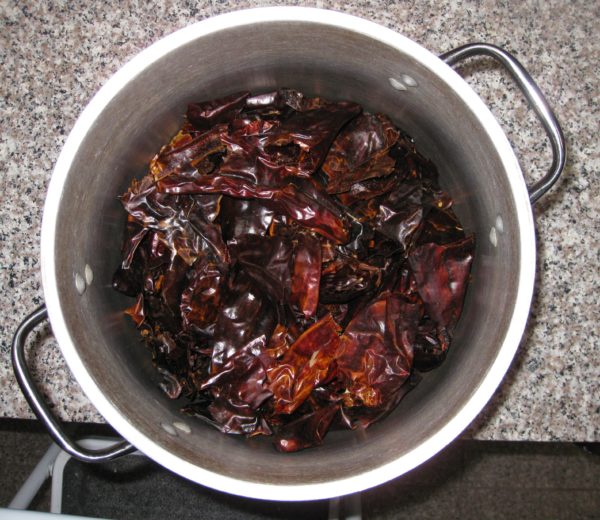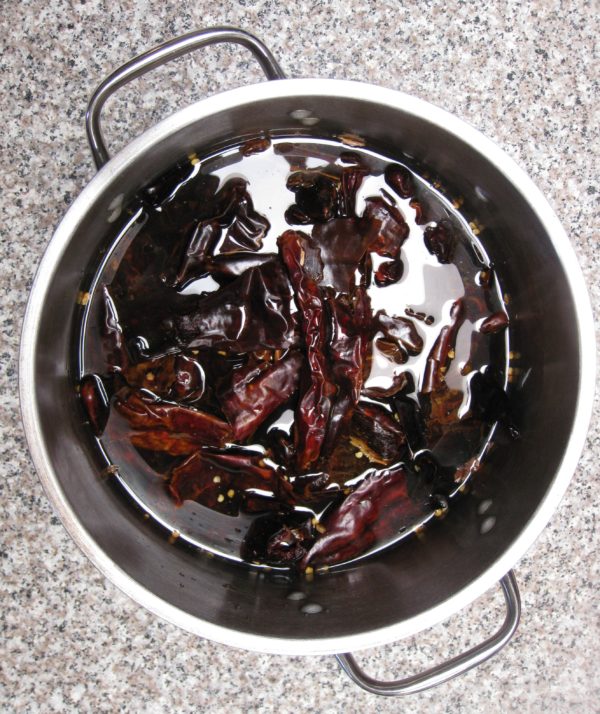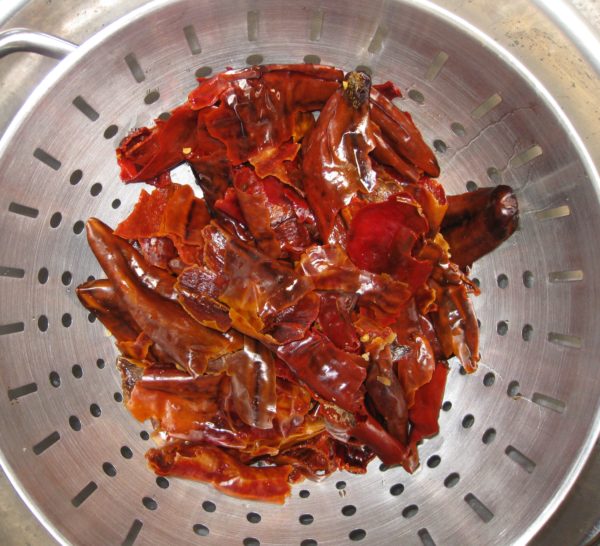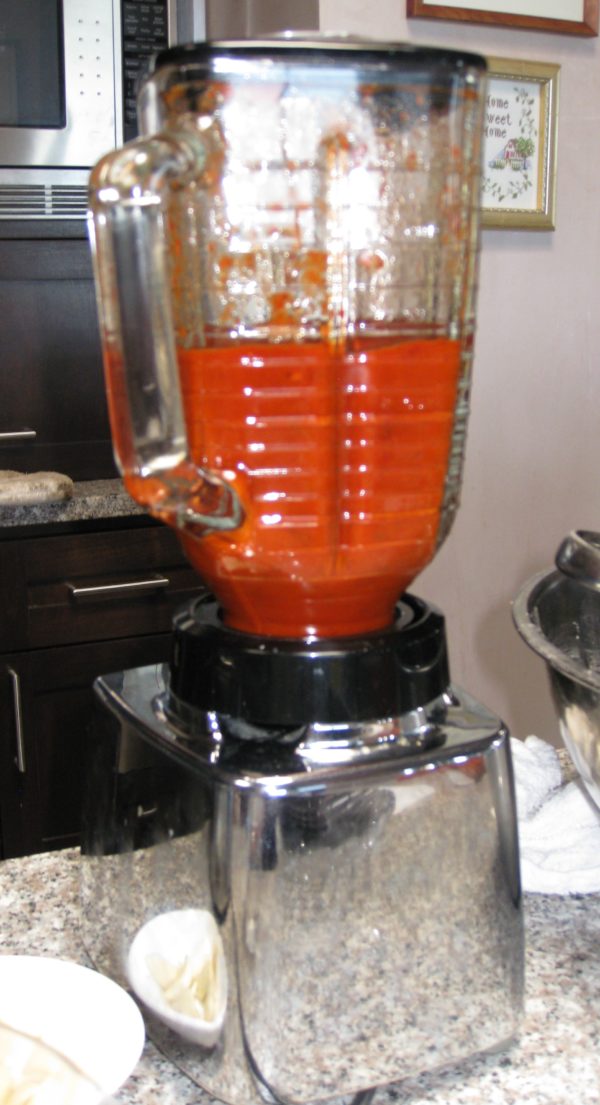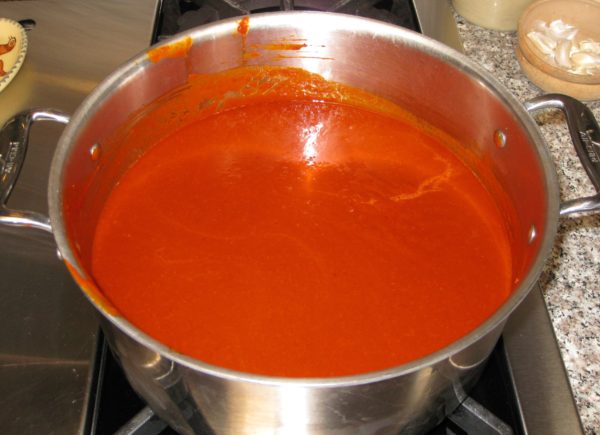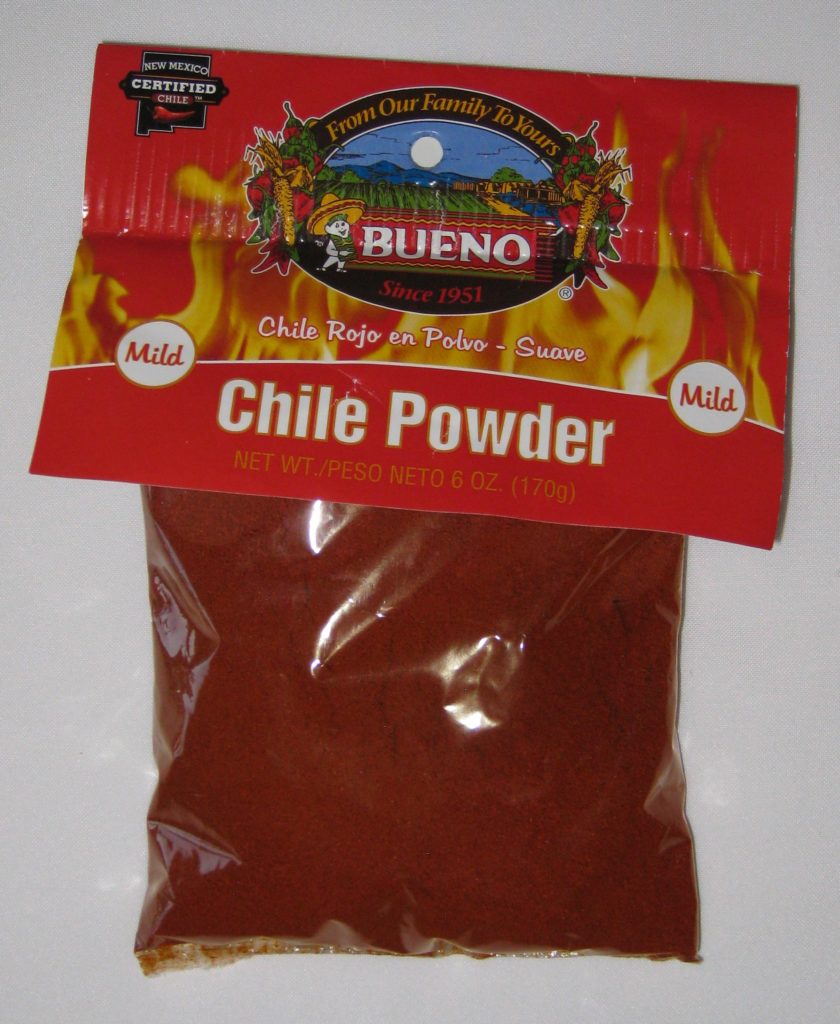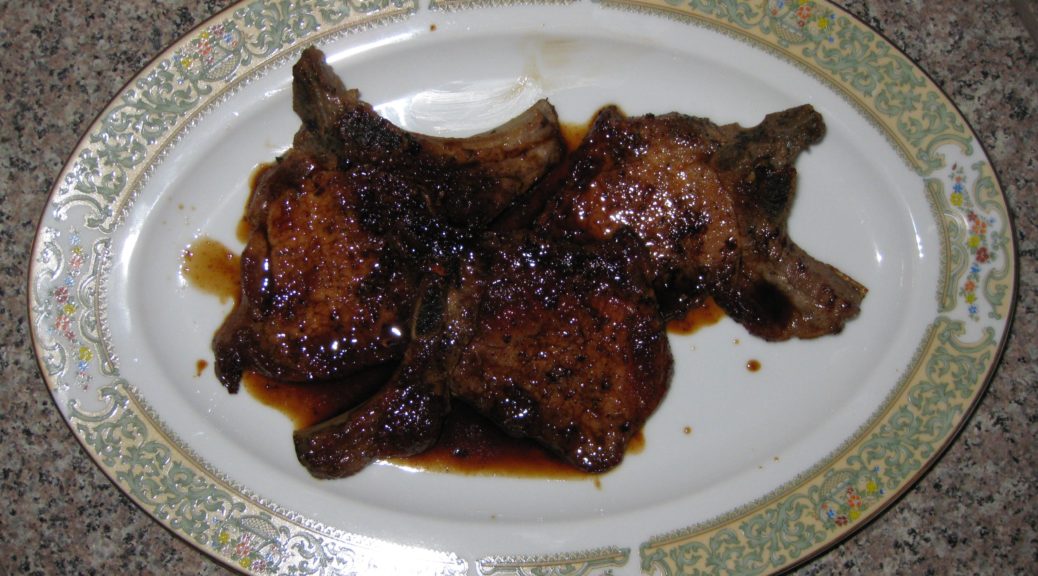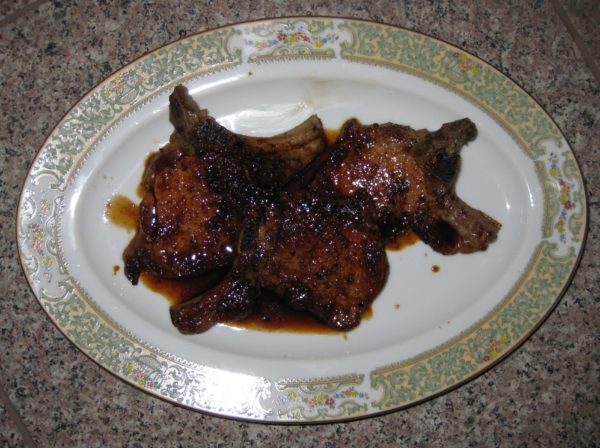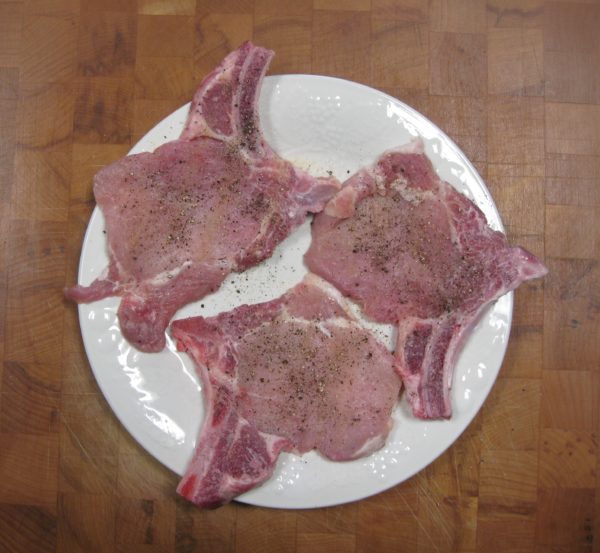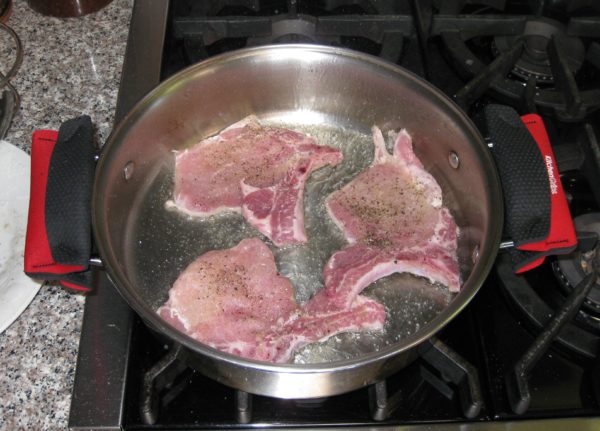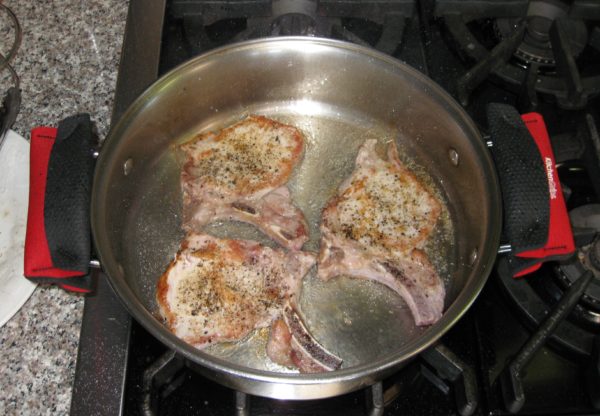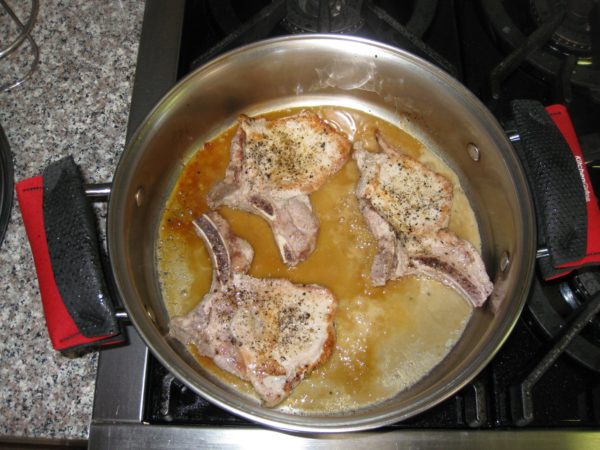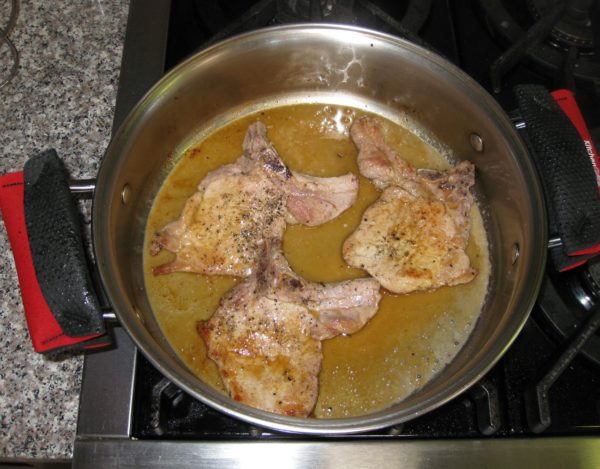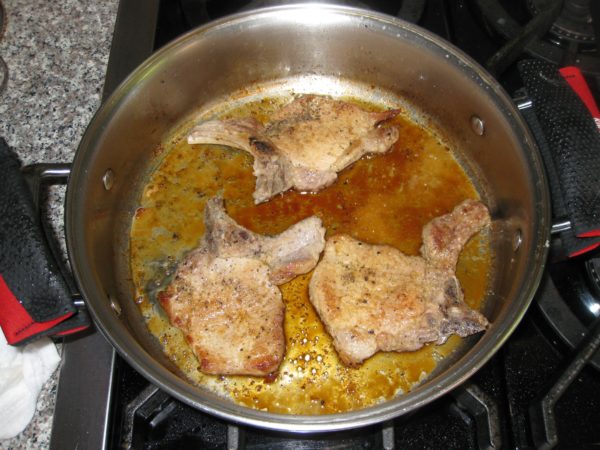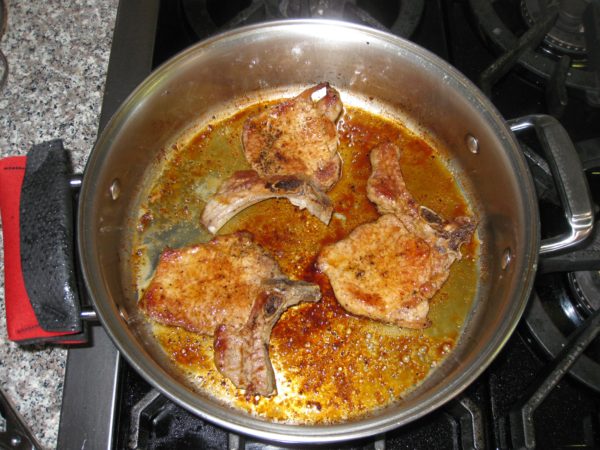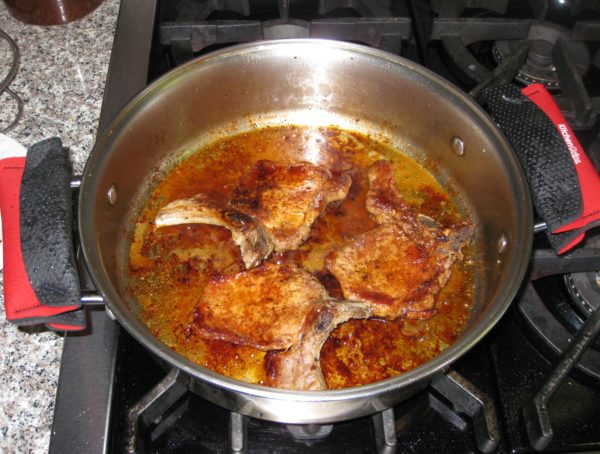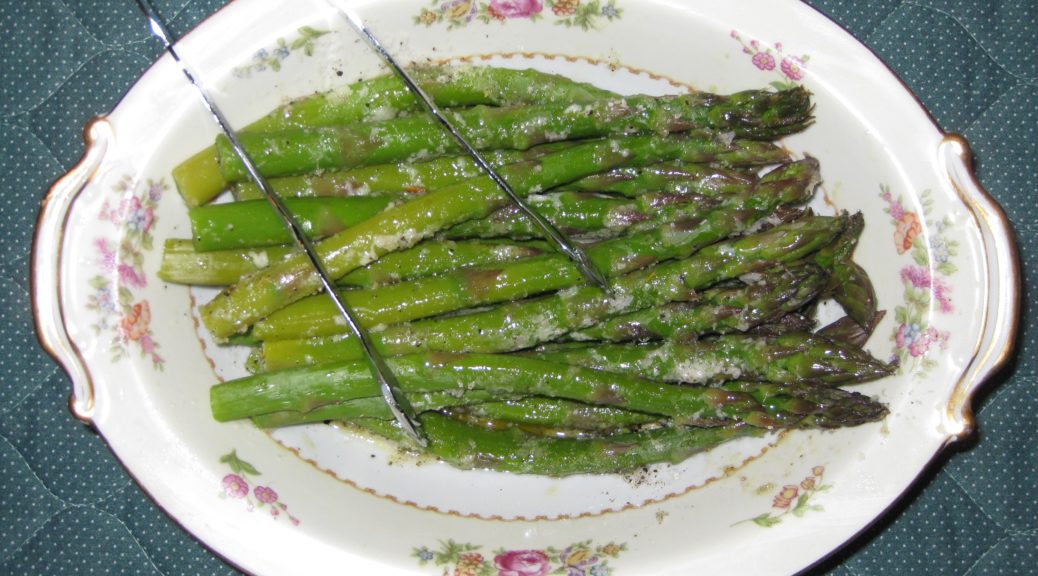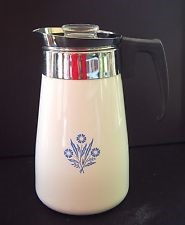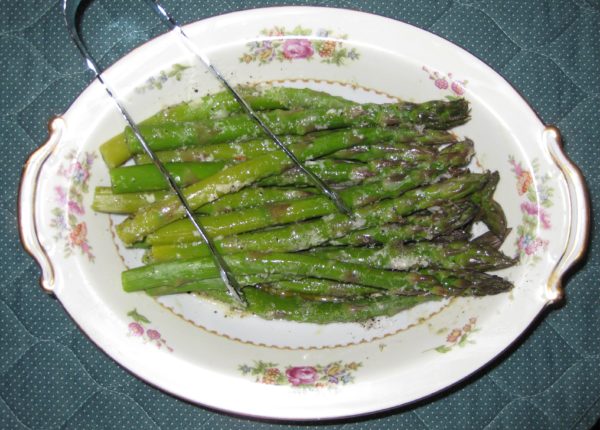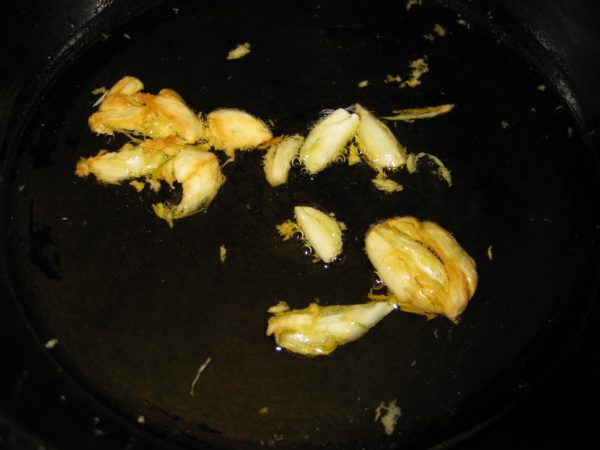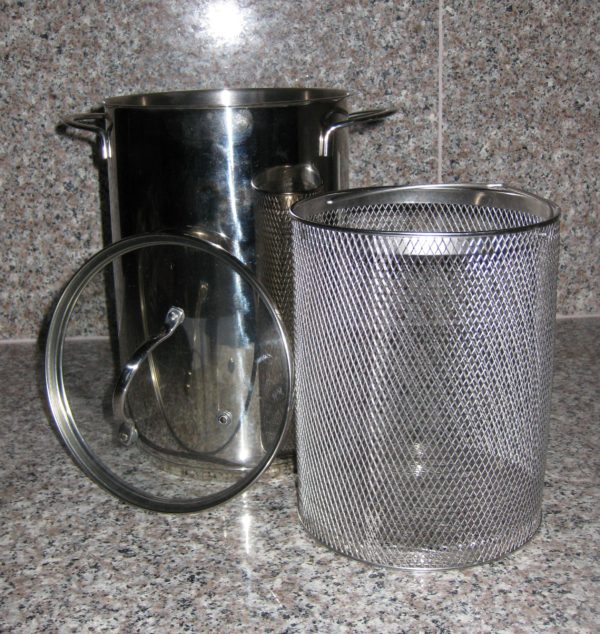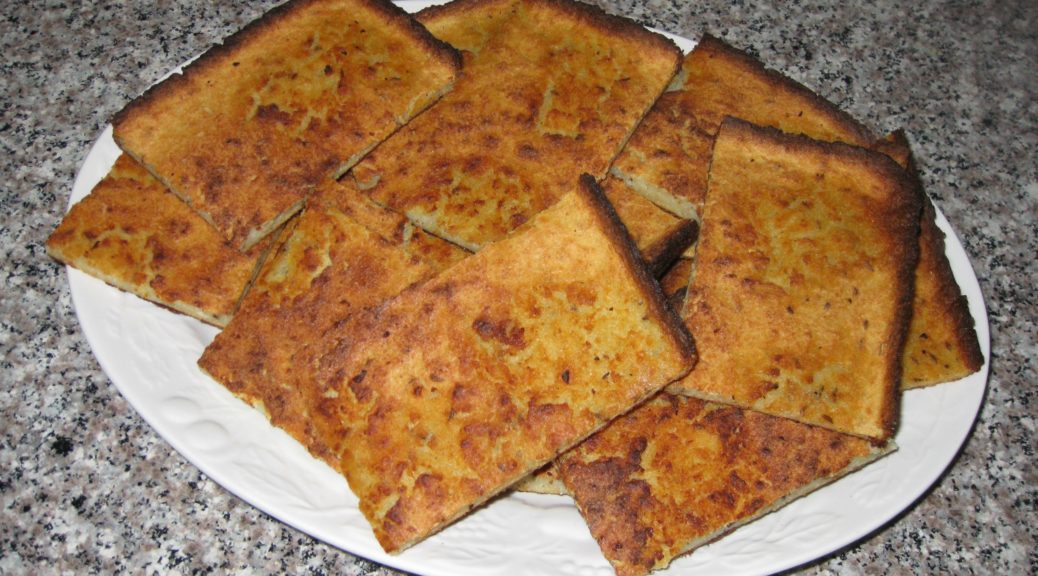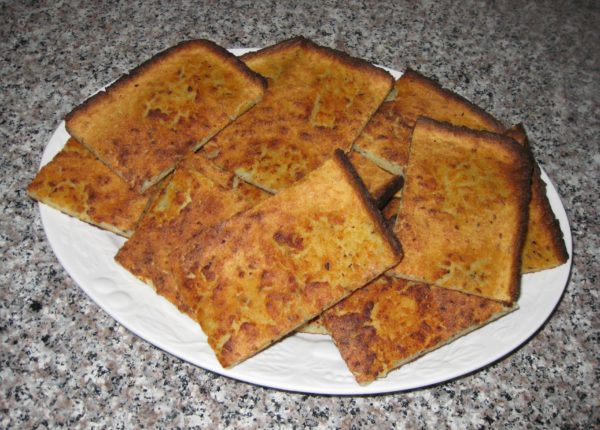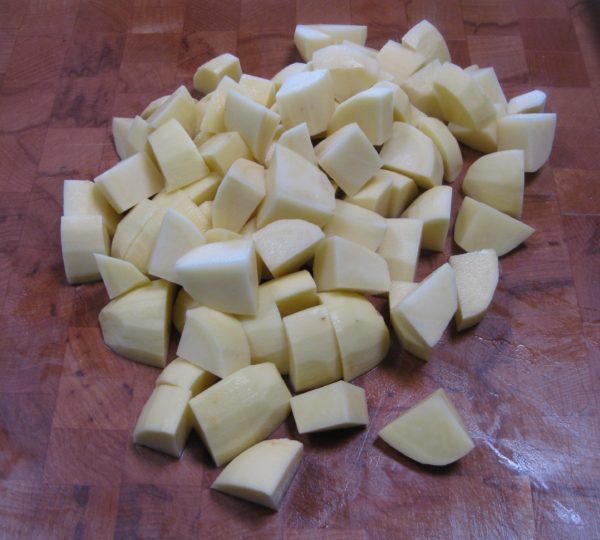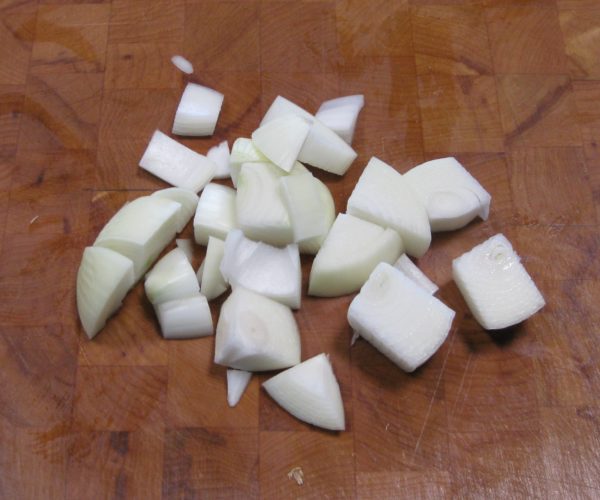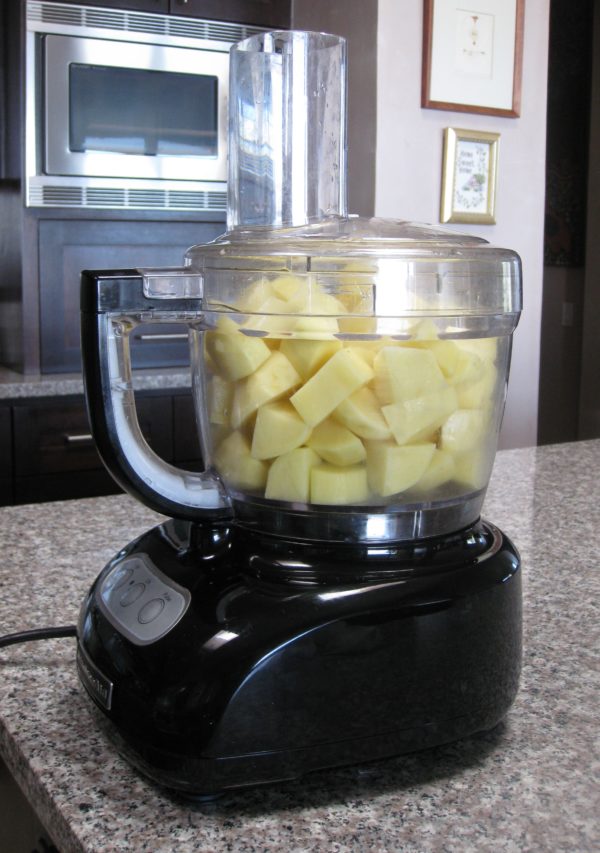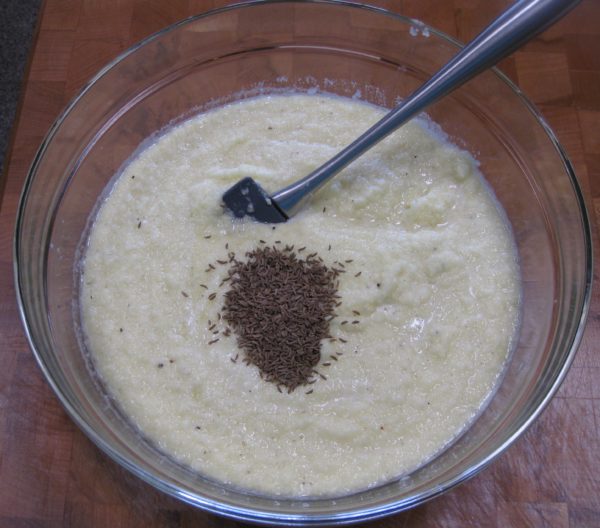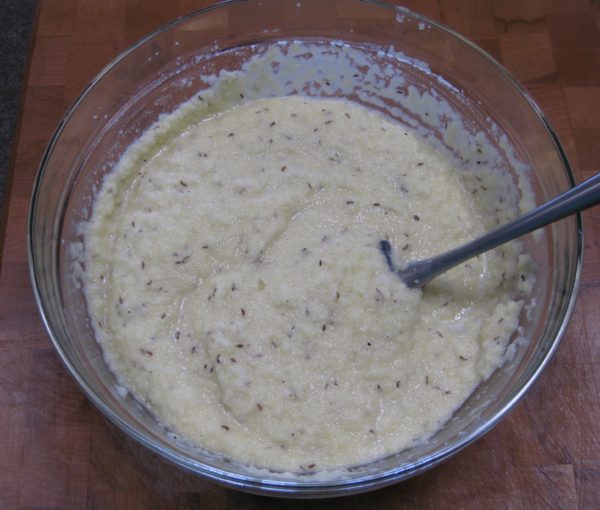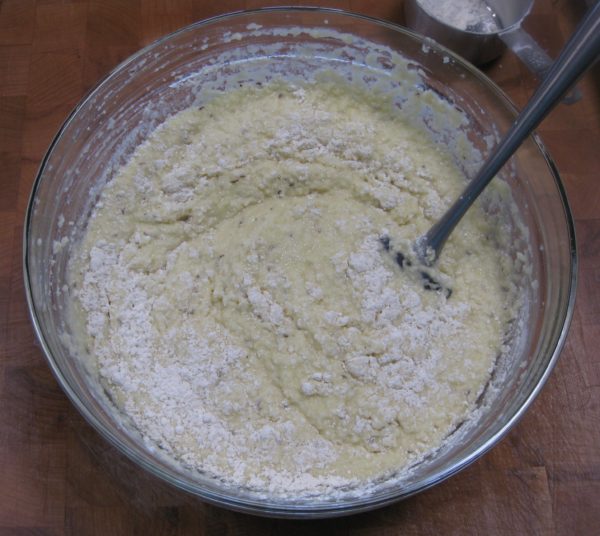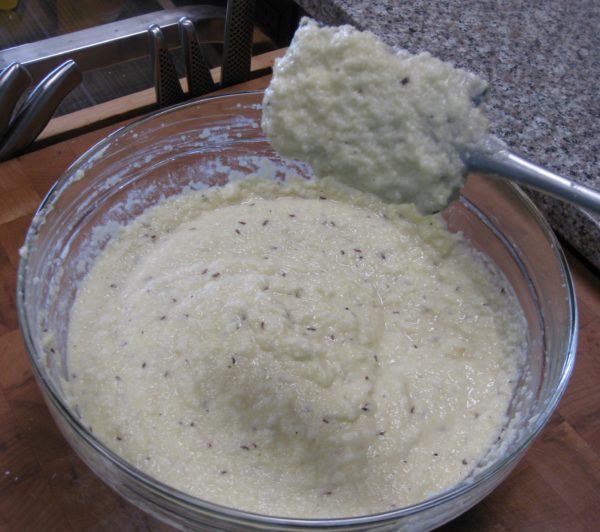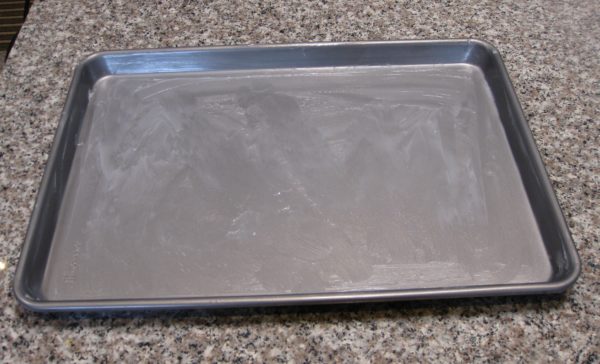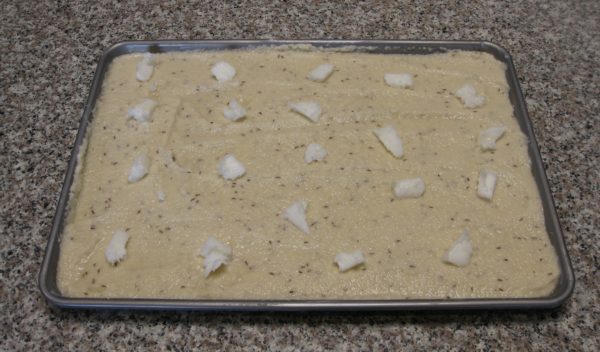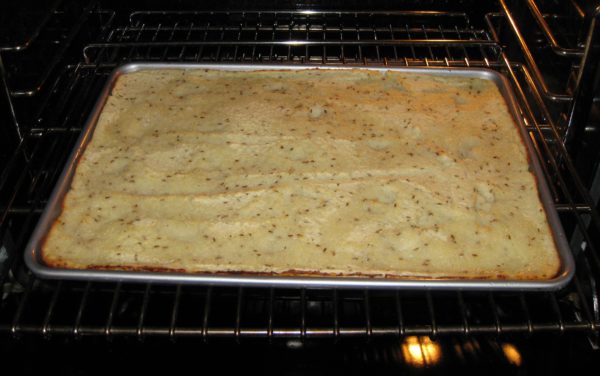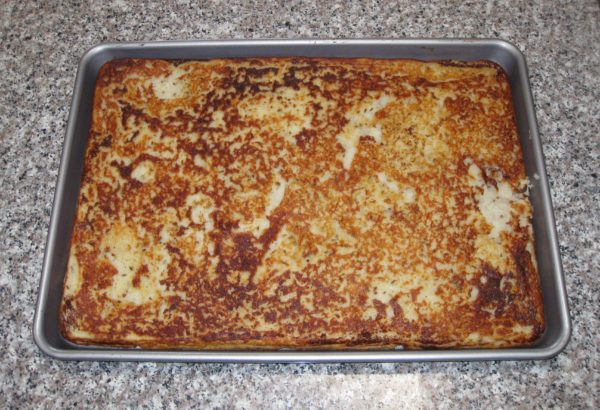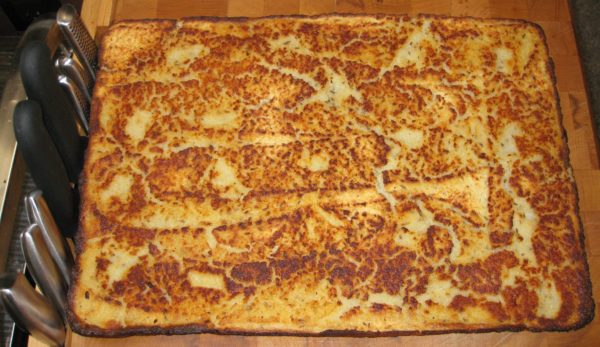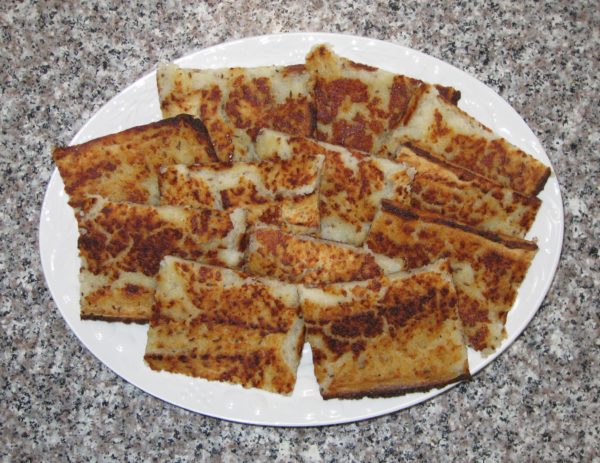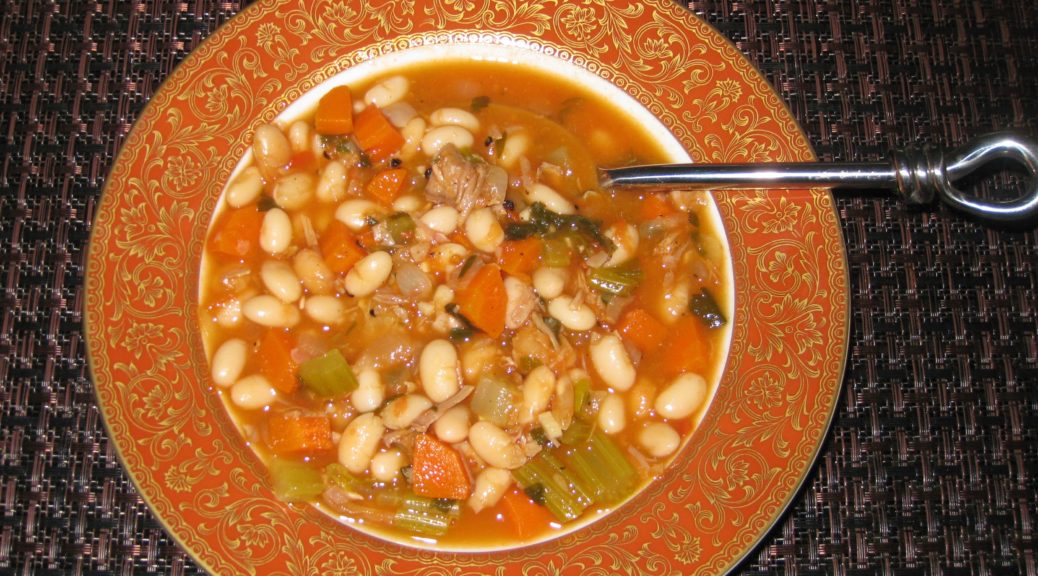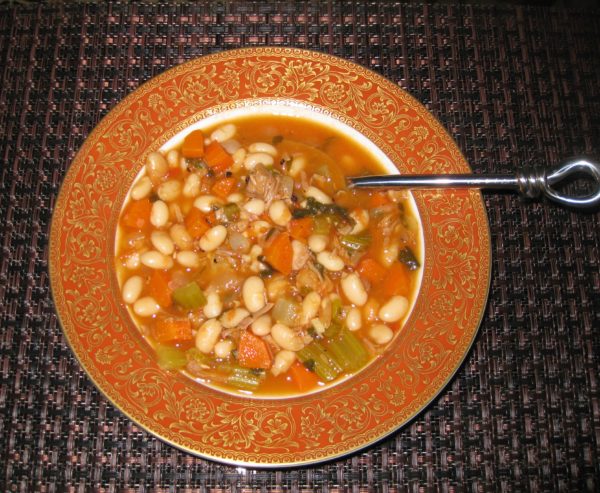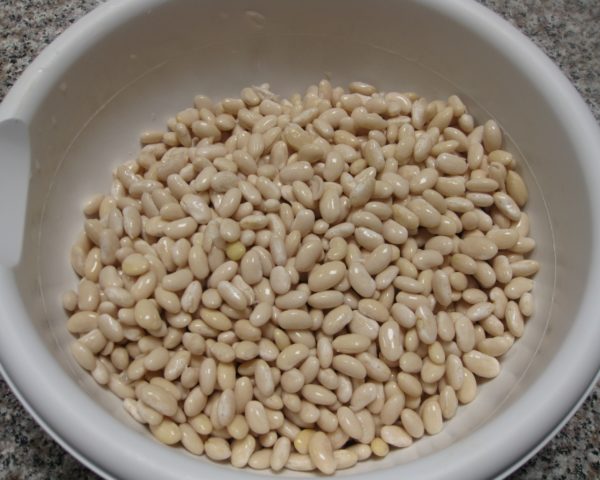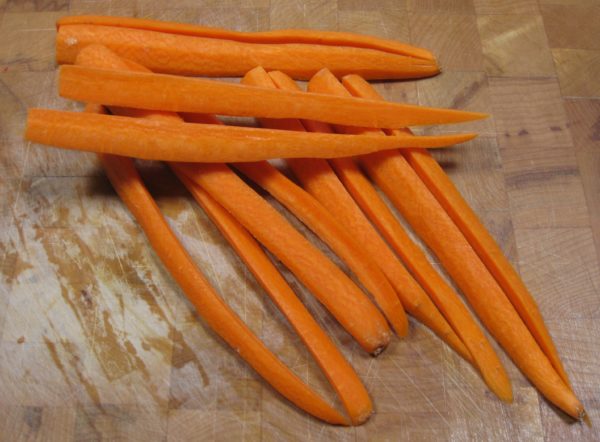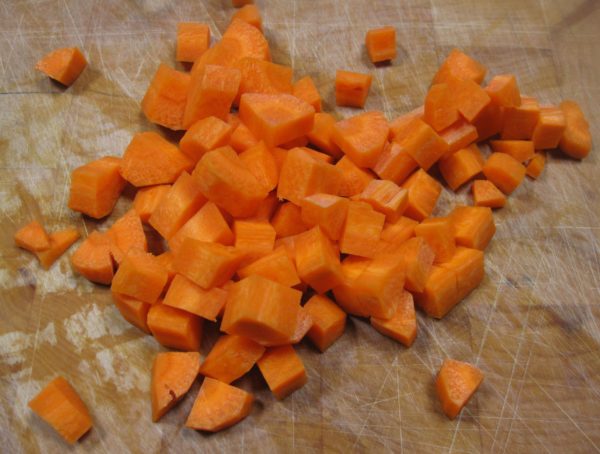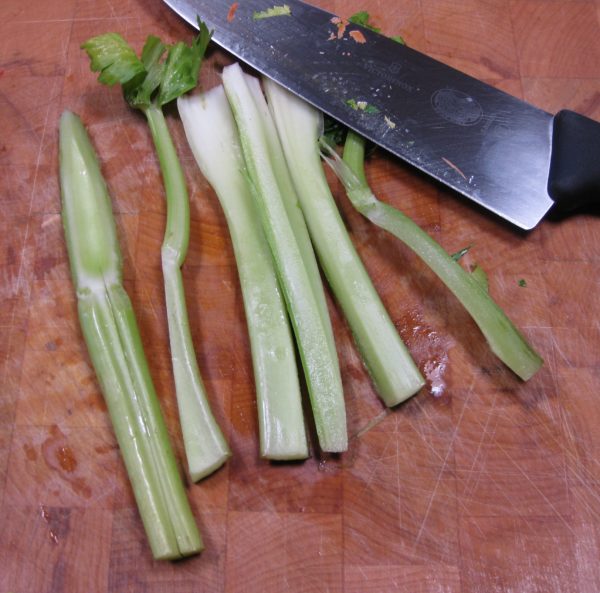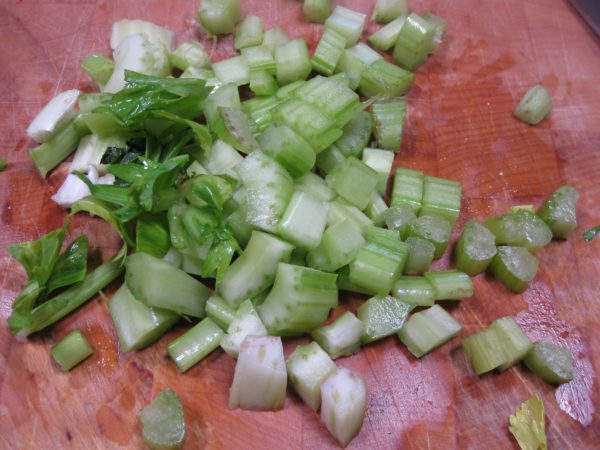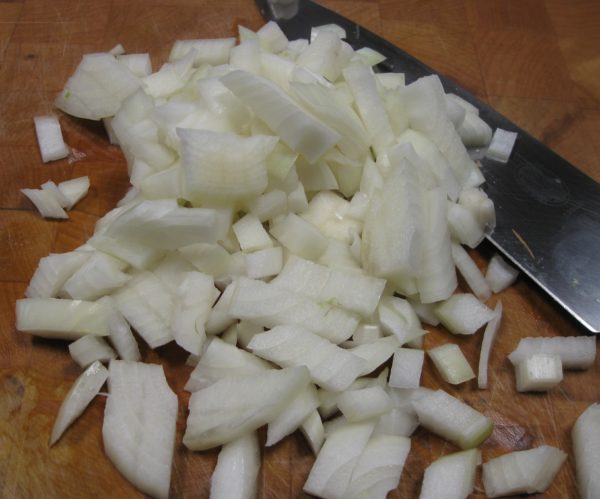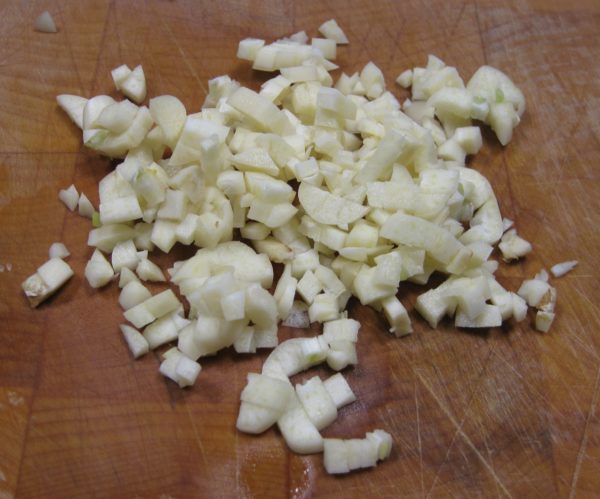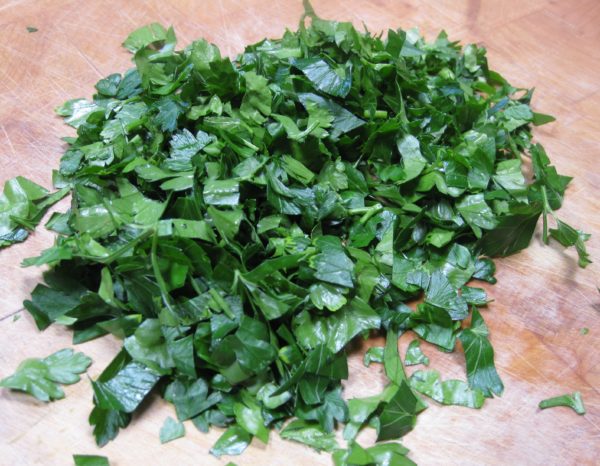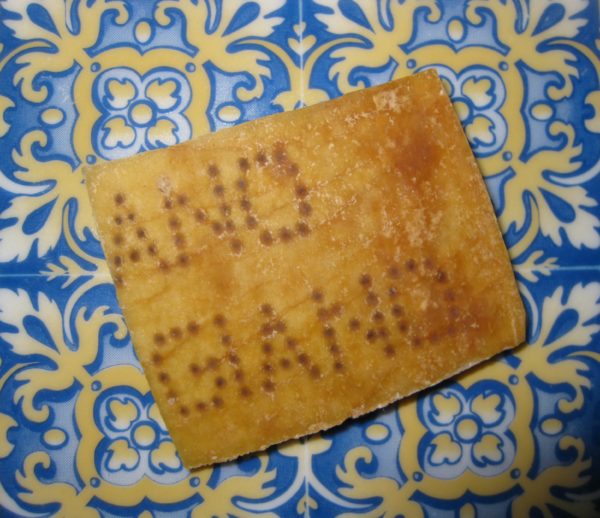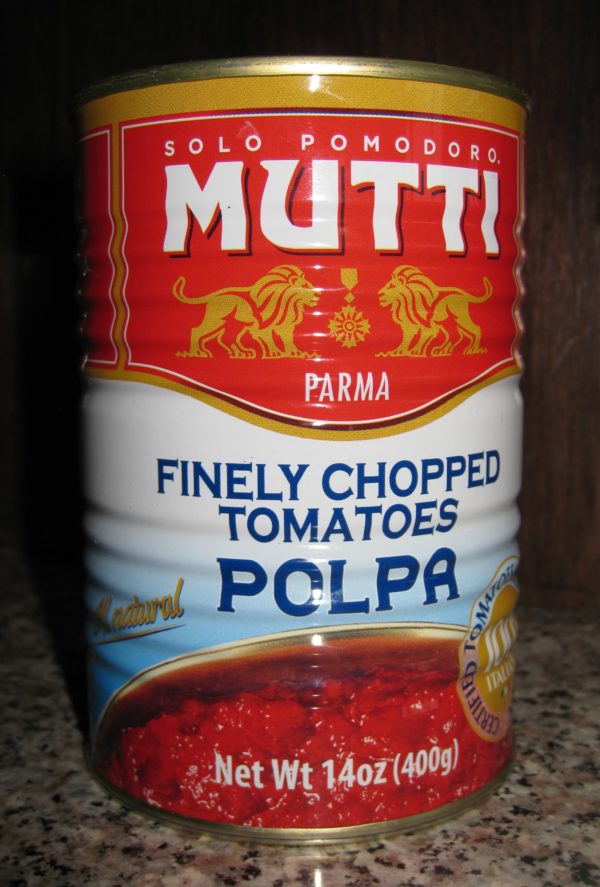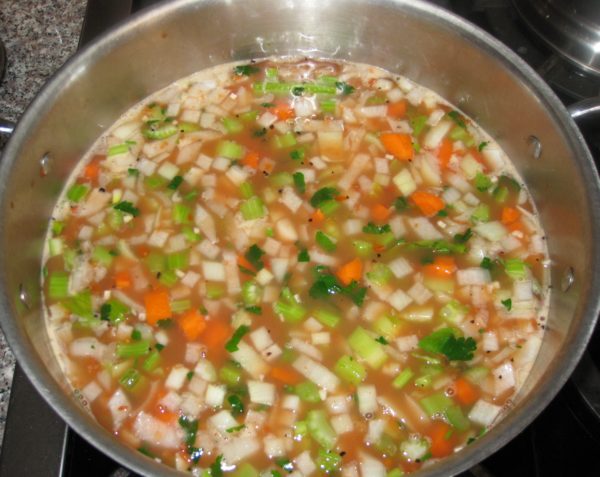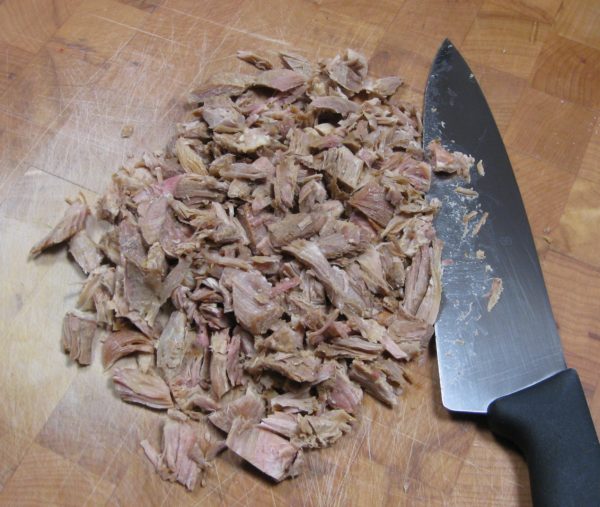June 30, 2017
I grew up at a time, and in a town, where people just dropped in, unannounced, to visit family and friends.
Some evenings we’d stay home. Some evenings we’d go to town. This was pretty much every Monday and Thursday when the stores were open until 9:00 PM. And, mind you, we dressed to go to town! Other evenings we’d visit family and friends.
Around the age of 5 or 6, when we went to Aunt Ann’s, I’d play with food. Really. And not at the table. I don’t honestly know how this got started but Aunt Ann would spread out a vinyl tablecloth on the beige wall-to-wall carpet in her living room. (Remember, this was around 1960!) I would pull pots and pans and mixing bowls and other equipment (like box graters and spoons) out of her kitchen cabinets and haul my stash to the living room.

Then I’d raid the refrigerator for things like carrots, celery, and so forth.
I’d sit in the living room, on the tablecloth, grating vegetables and mixing things in the various pots and bowls.
My love of cooking has deep roots.
My love of peanut butter not so much.
For some reason, I despised peanut butter at that age. (I know, that’s almost un-American!) But just to keep things from being too quiet, Uncle Jano would sometimes walk towards me holding a jar of peanut butter and I would run like a vampire running from a wooden stake.
I don’t know what I thought was going to happen, but I had to escape from the peanut butter.
The ordeal usually ended with me face down on the sofa until Uncle Jano retreated…sometimes only to start again after I pulled my face out of the pillow.
Aunt Ann and Uncle Jano were great fun. But they were only Aunt Ann and Uncle Jano if you were related to them through Uncle Jano. If you were related to them through Aunt Ann, they were Aunt Honey and Uncle John.

Aunt Ann was a great cook. She was ethnically Russian and made lots of Russian and Eastern European food like mushroom soup, potato soup, kielbasa, chicken paprikash, pierogi, stuffed cabbage, and so forth.
She also made Italian food, which she learned from the wife of the local Mafia Boss who lived down the street. (I had a colorful childhood. What can I say?)
There were the occasional American dishes, like Rum Balls and Pineapple Cream Cheese Pie, too.
Years after those episodes of “cooking” on Aunt Ann’s living room floor, when I was in my teens and twenties, I was always on the lookout for pineapple cream cheese pie when we went to visit.
In an attempt to keep this manageable, I am not posting a recipe for pie crust just yet, but I will at a future date. If you have a favorite pie crust recipe, by all means, make your own. If not, buy prepared pie crust from the grocery store. But whatever you do, give this recipe a try if it appeals to you. It’s always a hit!
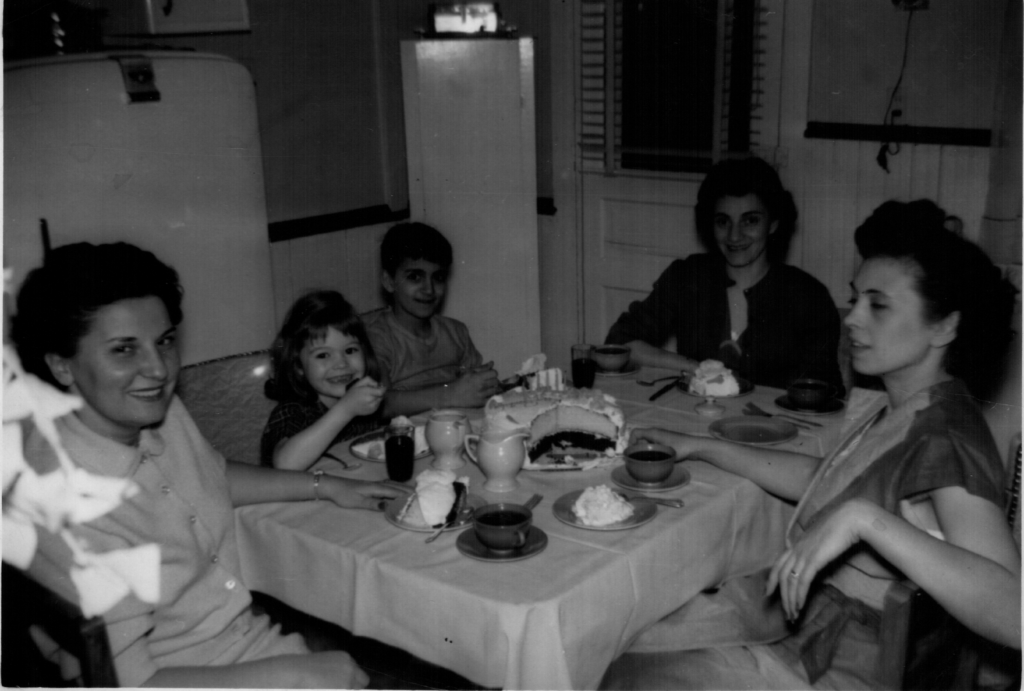
Click HERE to join our mailing list and you’ll never miss a recipe again!
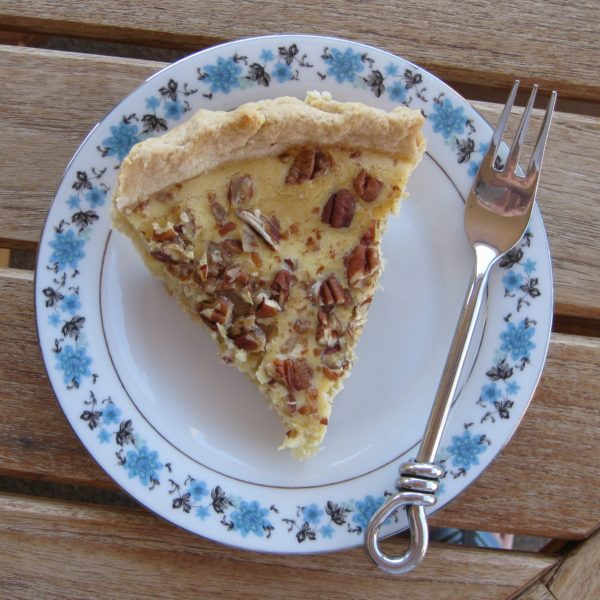
| Prep Time | 30 minutes |
| Cook Time | 1 hour |
| Servings |
pies
|
- 1 20 ounce can crushed pineapple packed in juice
- 3 tablespoons cornstarch
- 1 cup sugar divided
- 16 ounces cream cheese Philadelphia brand preferred
- 1/2 cup whole milk
- 2 eggs
- 2 teaspoons vanilla extract
- 3/4 cup chopped pecans or walnuts
Ingredients
|

|
- Chop the nuts and reserve.
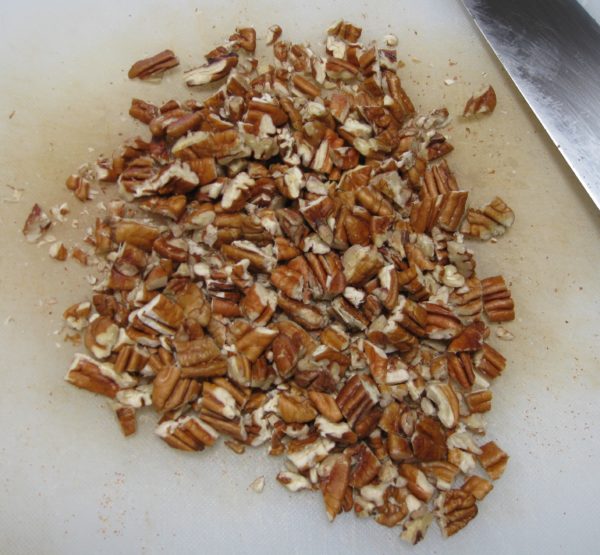
- If making your own crust, prepare and line two nine-inch pie pans. Refrigerate the crust-lined pans until the fillings are prepared.
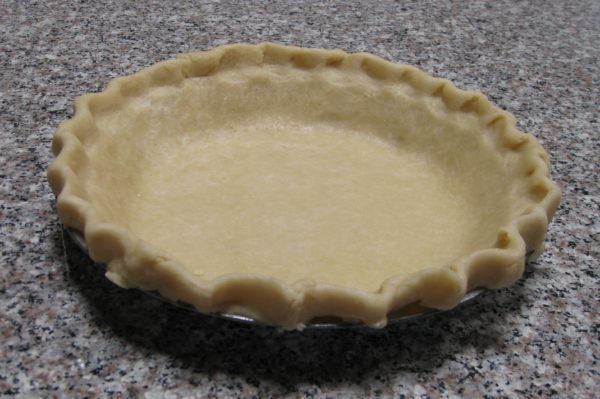
- In a small heavy-bottomed saucepan, combine the crushed pineapple, cornstarch, and 1/2 cup of sugar.
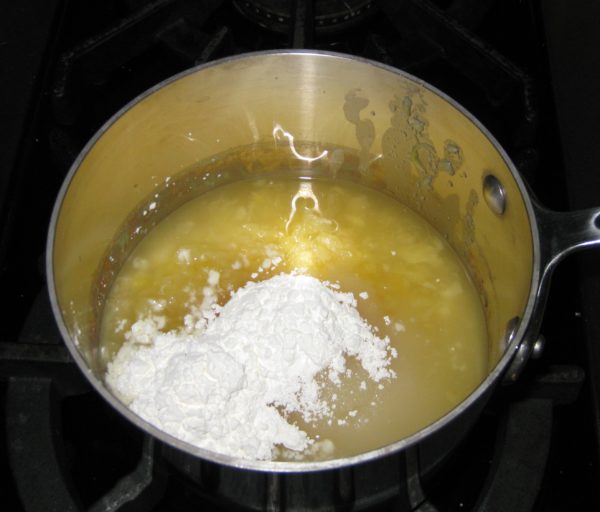
- Stir until the lumps are gone. The mixture will become cloudy from the cornstarch but will become clear once cooked.
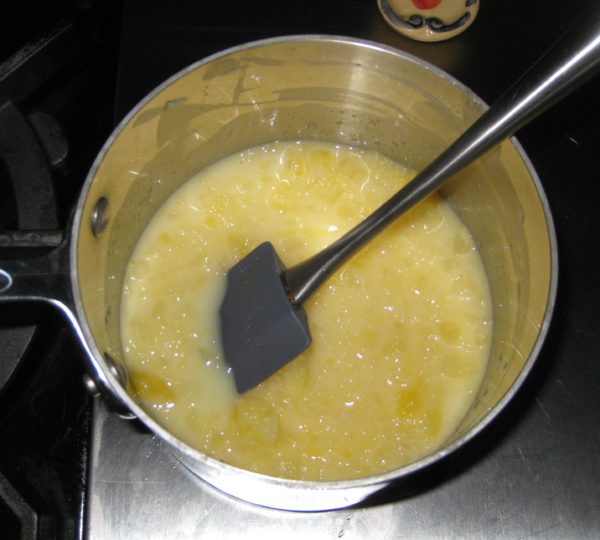
- Bring to a boil over medium-high heat, stirring constantly.
- Boil for approximately one minute, until thickened.
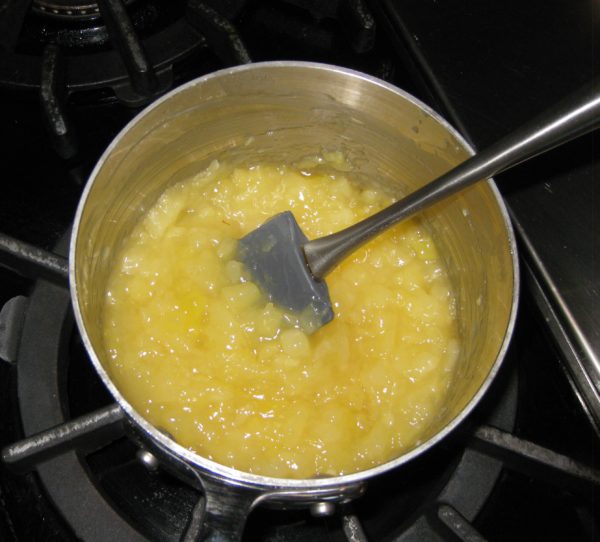
- Take the pan off the heat and allow the pineapple mixture to cool slightly.
- In a food processor or electric mixer, beat the cream cheese well.
- Add the remaining 1/2 cup sugar, milk, eggs and vanilla. Mix until the cream cheese is thoroughly combined, all the sugar is dissolved, and there are no lumps.
- Divide the pineapple filling between the two pie-crust-lined pie pans.
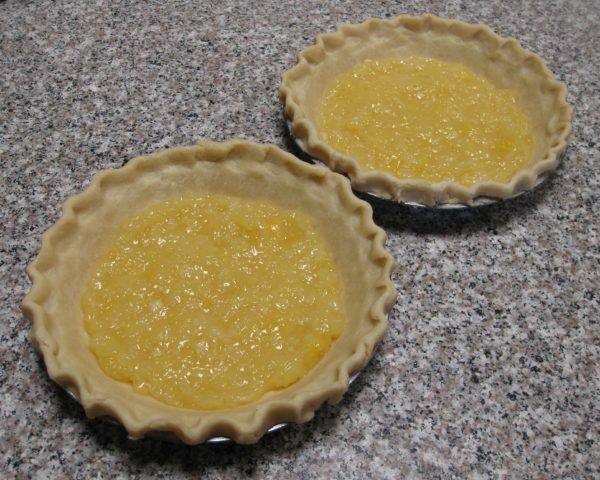
- Top each pie with half the cream cheese mixture.
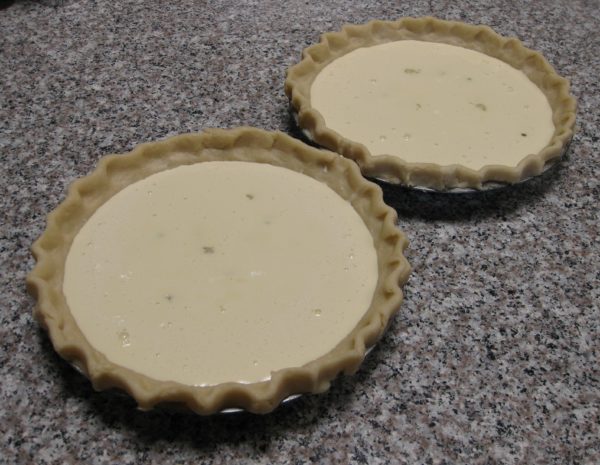
- Scatter the chopped nuts on the pies.
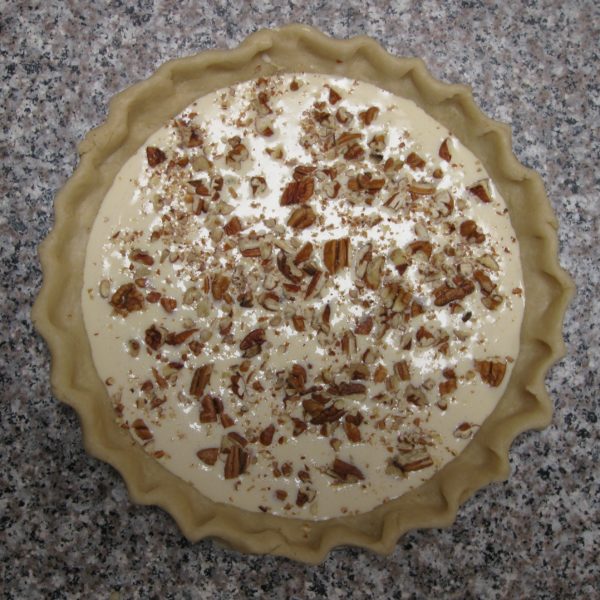
- Bake at 350°F for approximately 60 to 65 minutes until the tops of the pies are just beginning to turn golden and the filling is set.
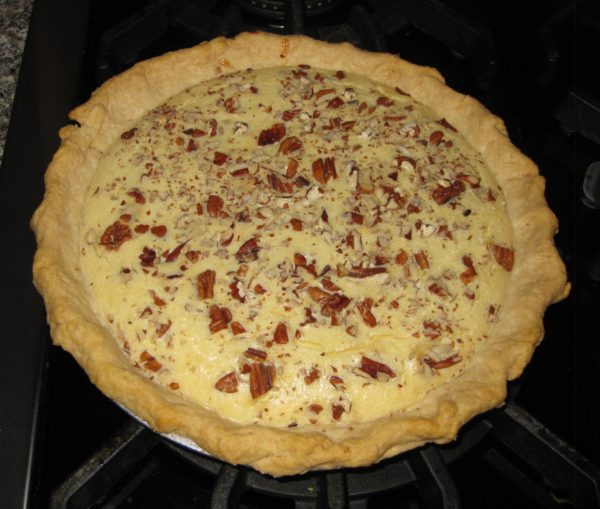
- Cool to room temperature before serving. The pies will sink somewhat as they cool.

Copyright © 2017 by VillaSentieri.com. All rights reserved.

